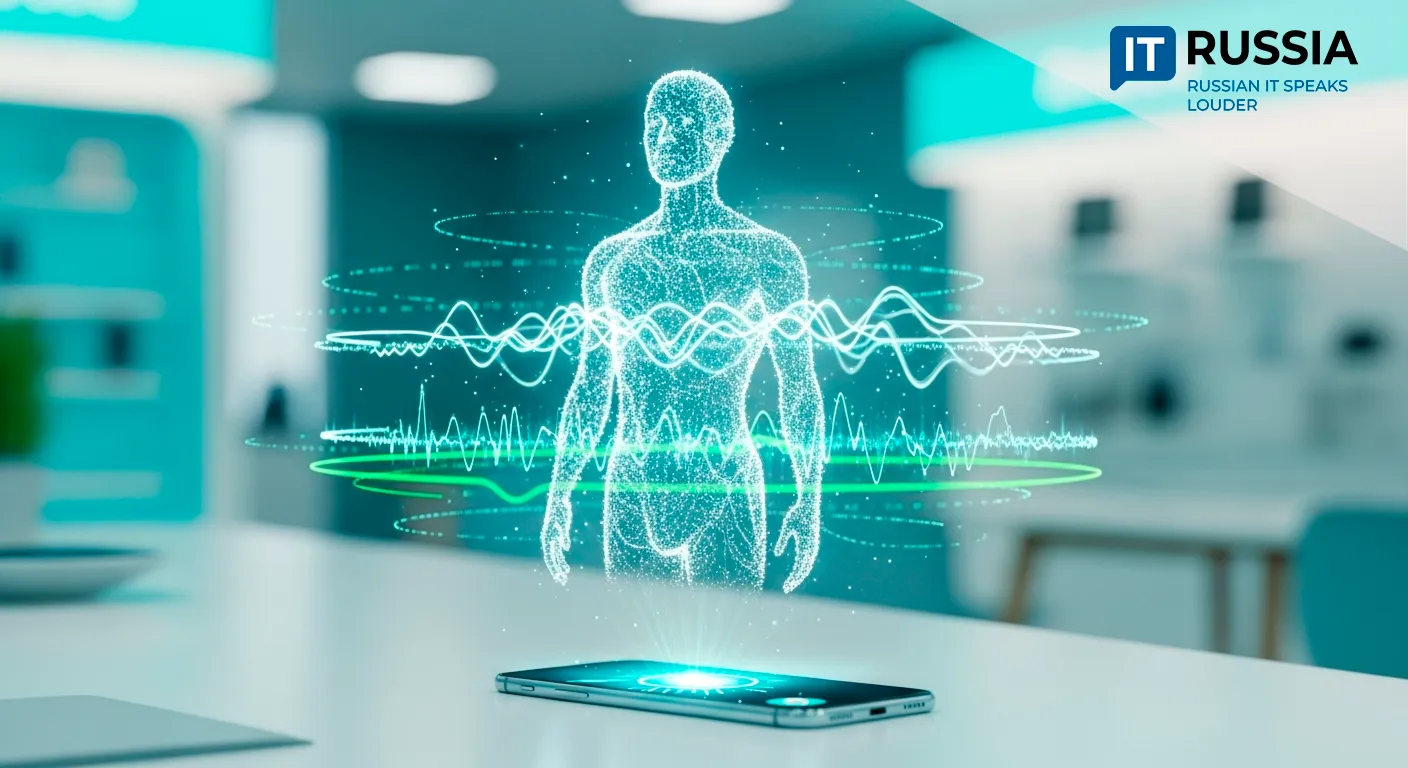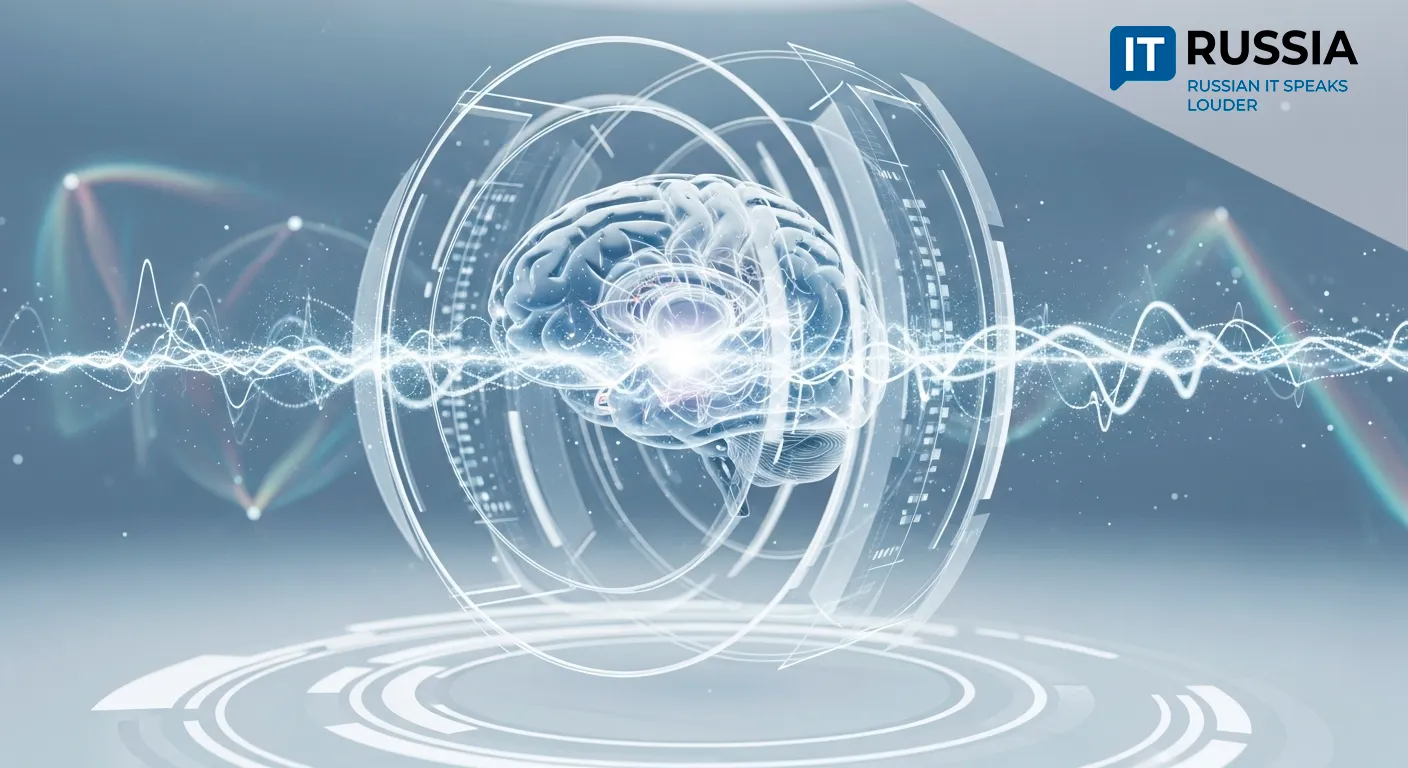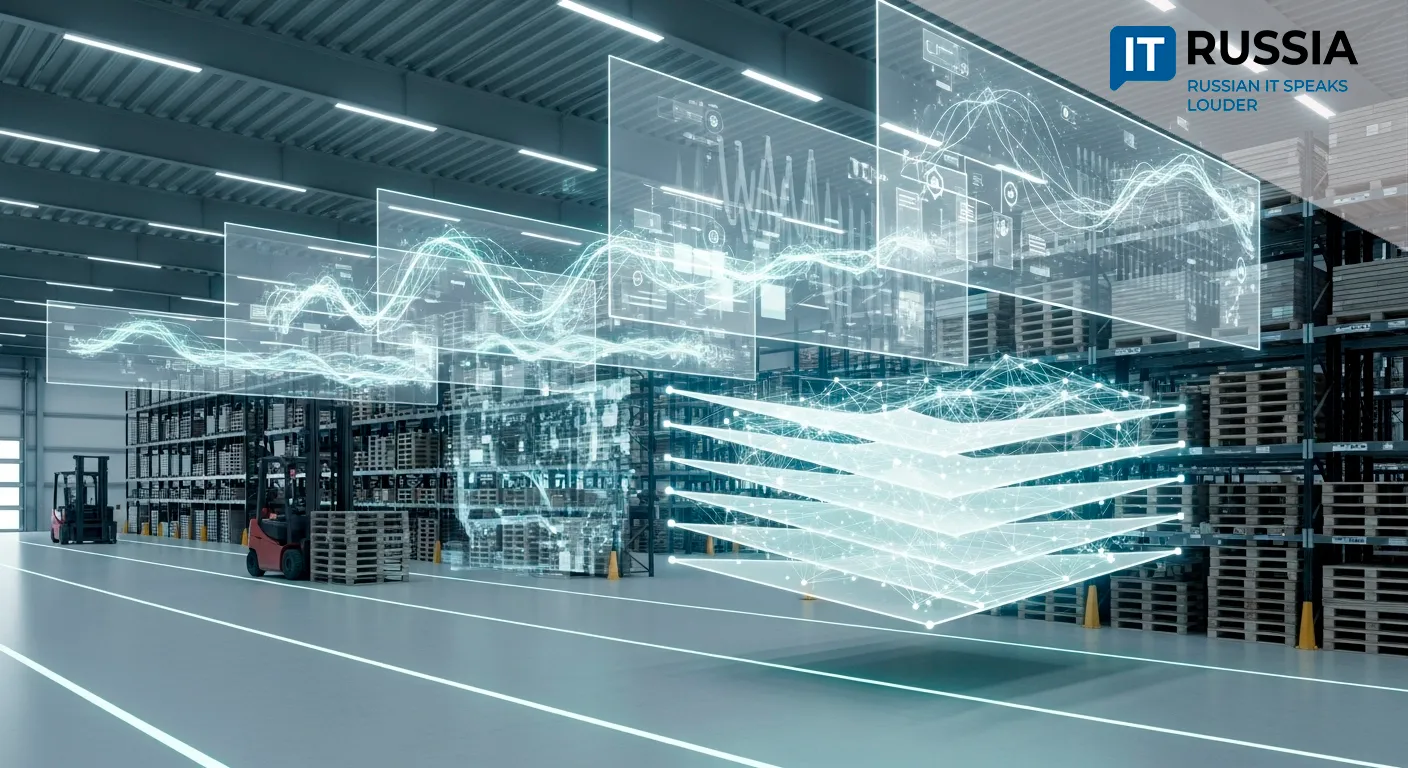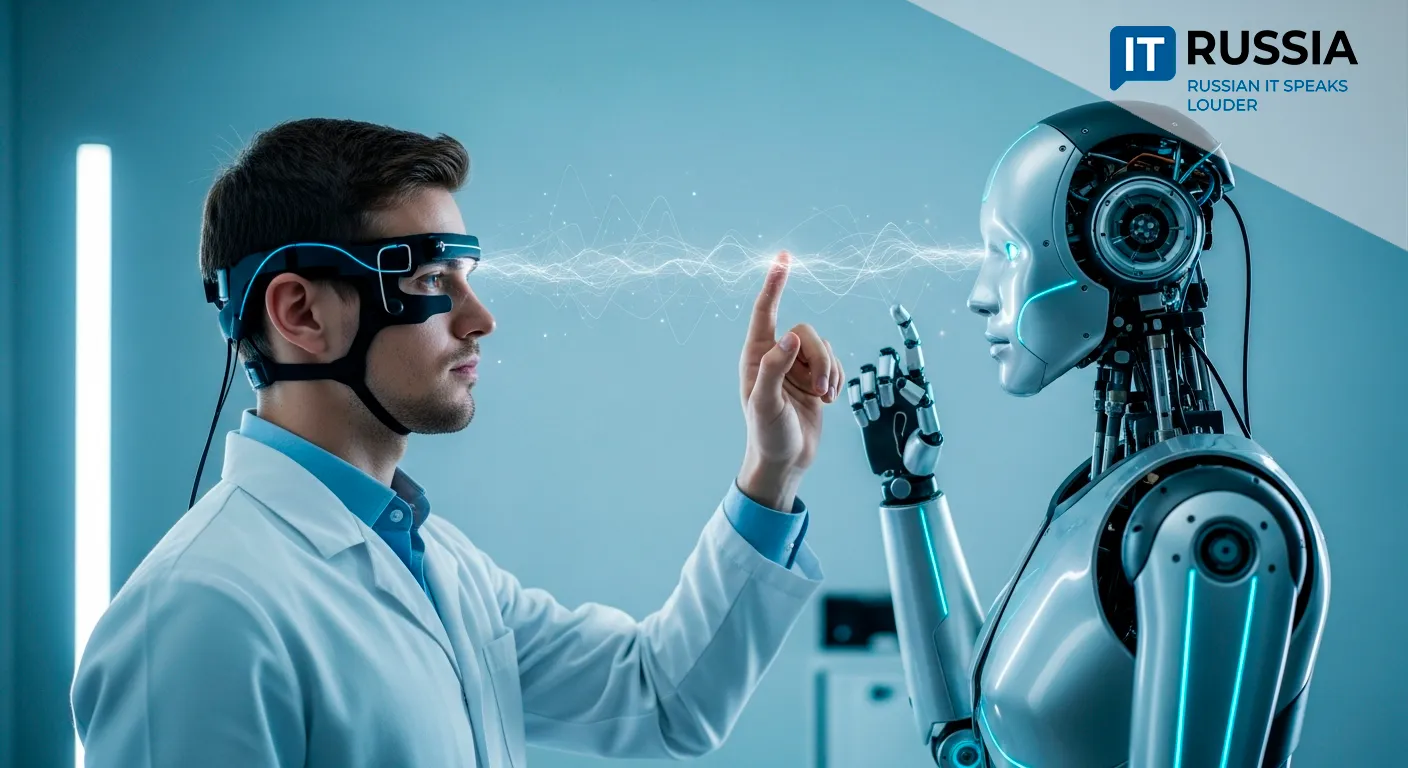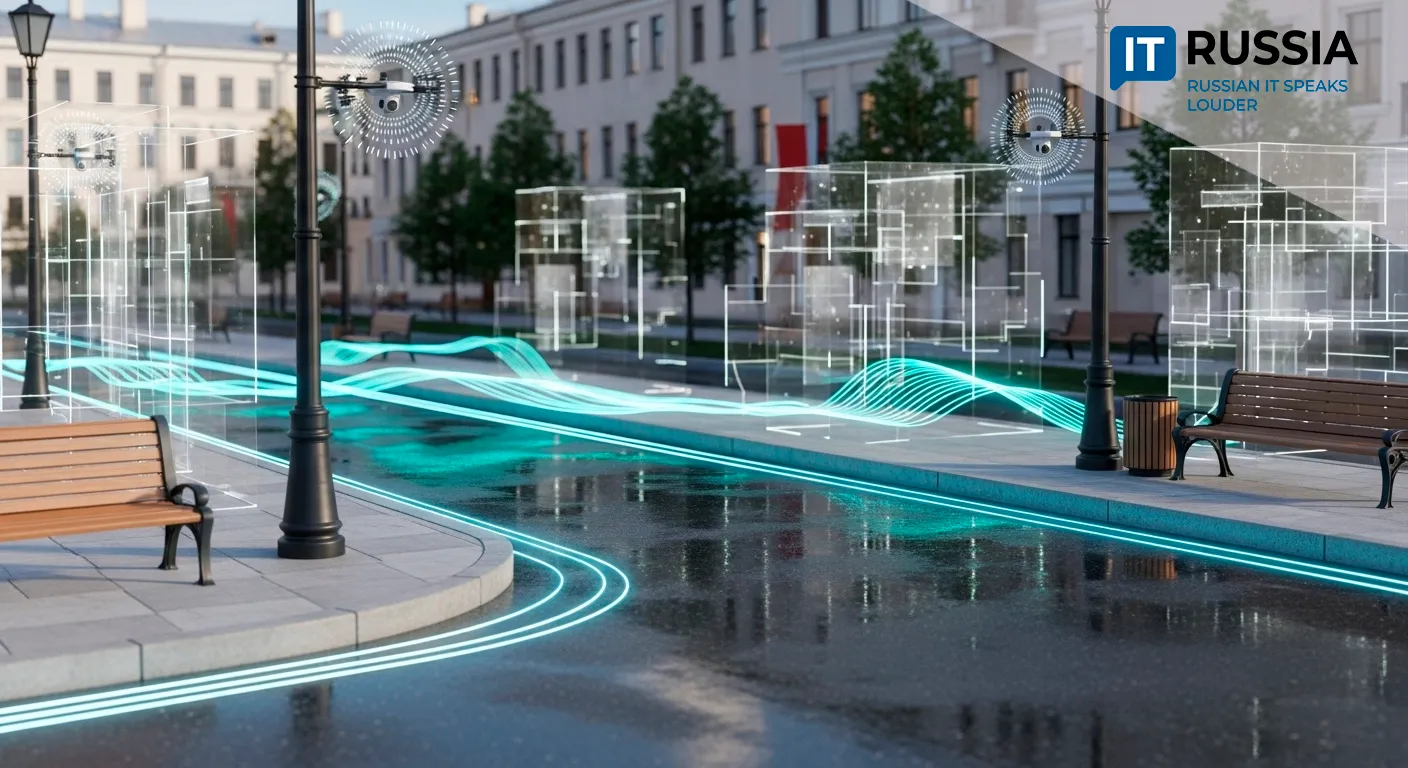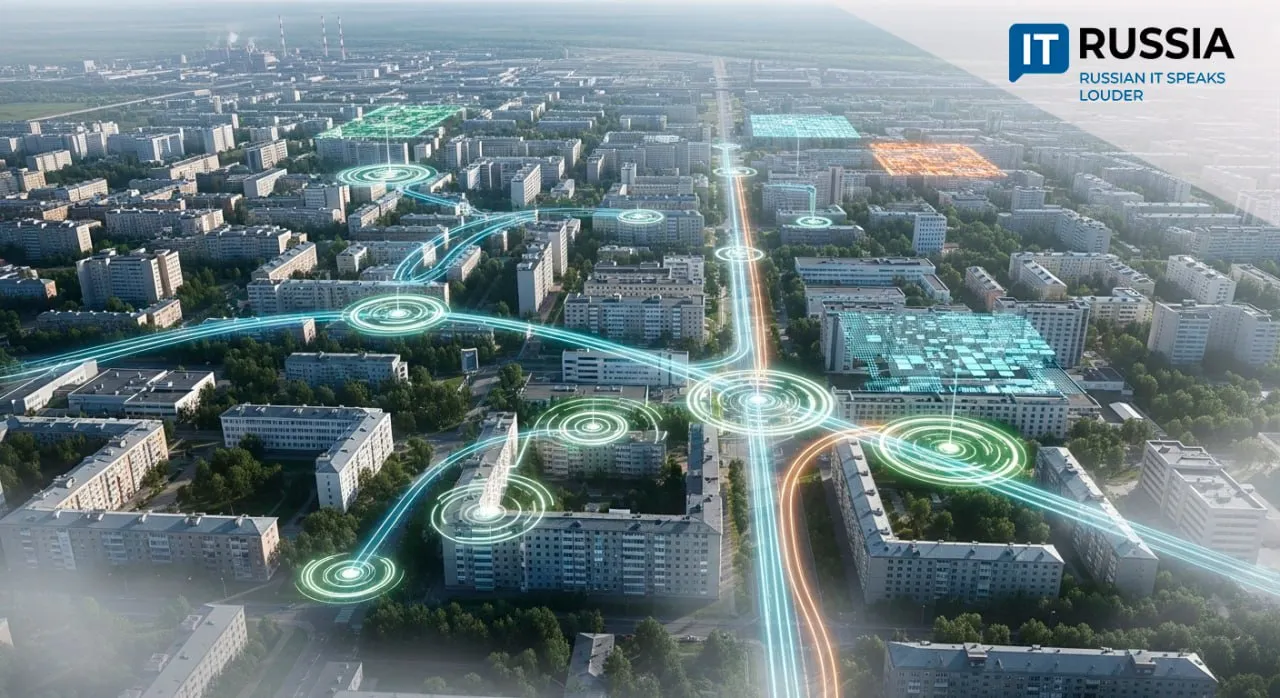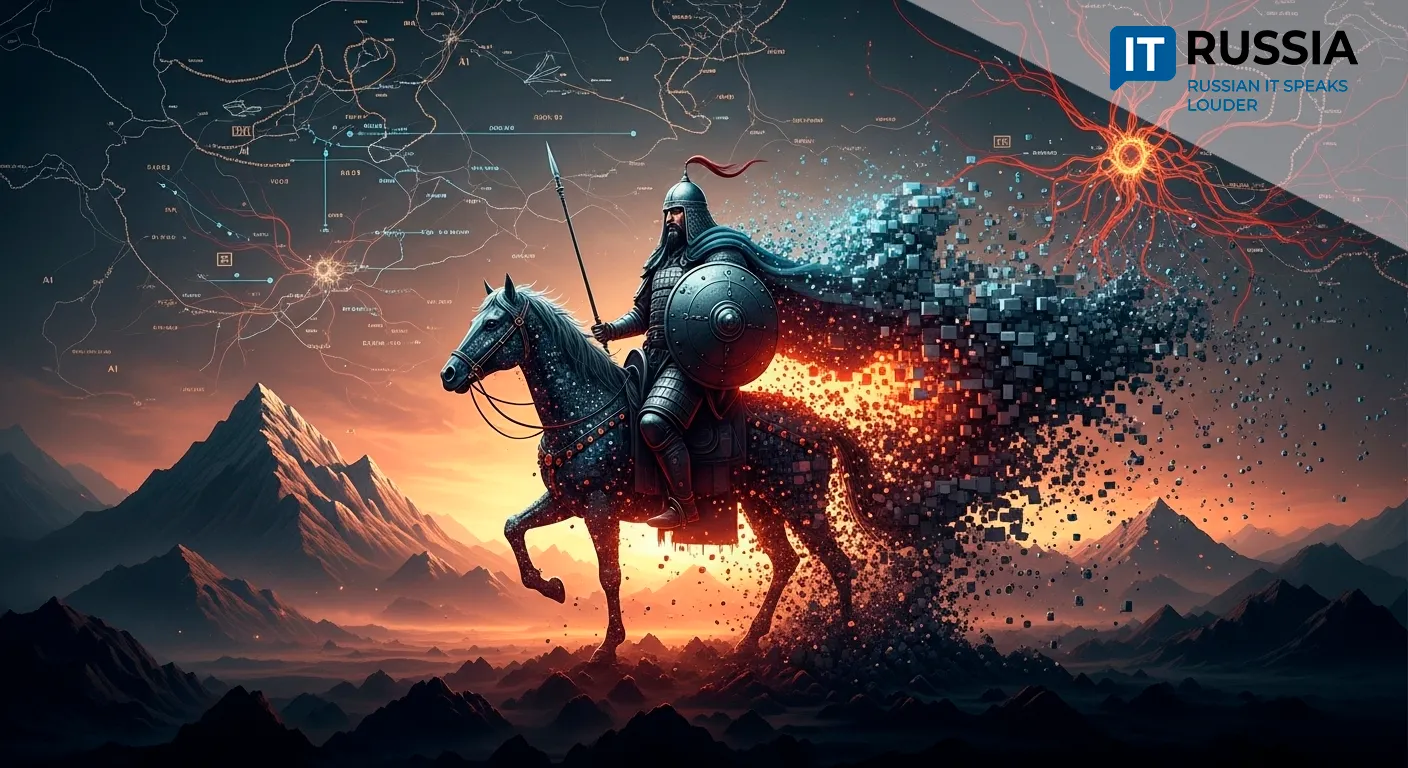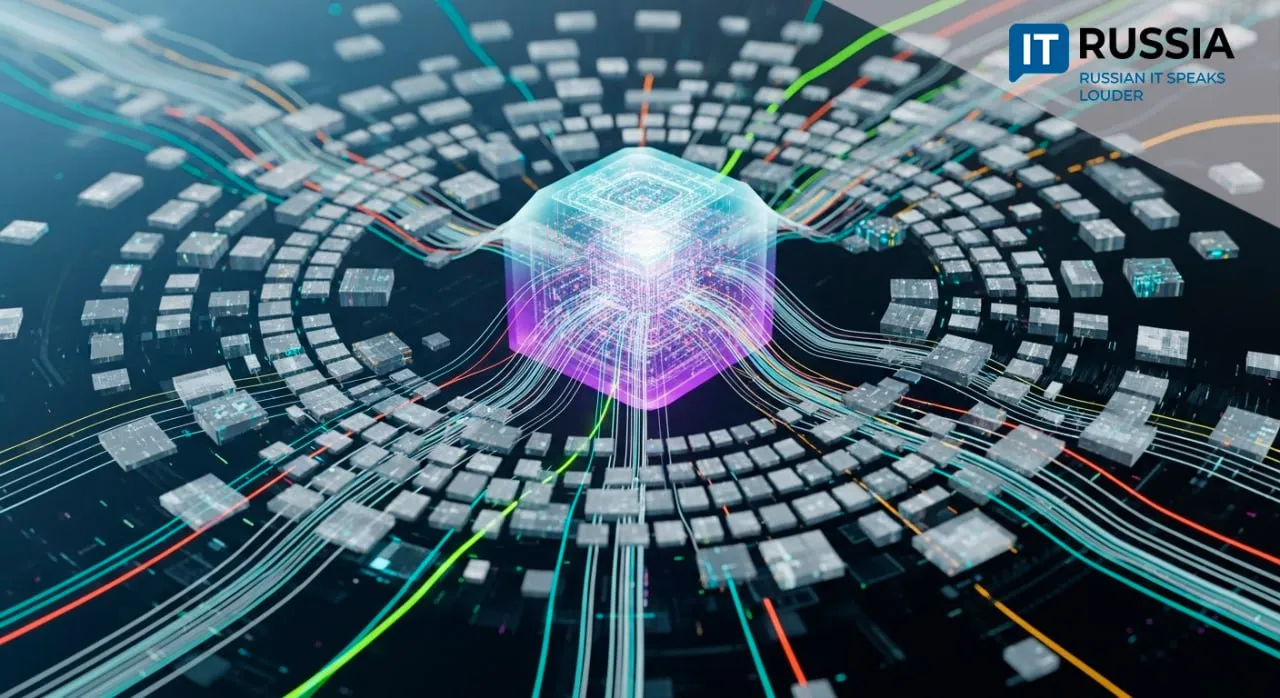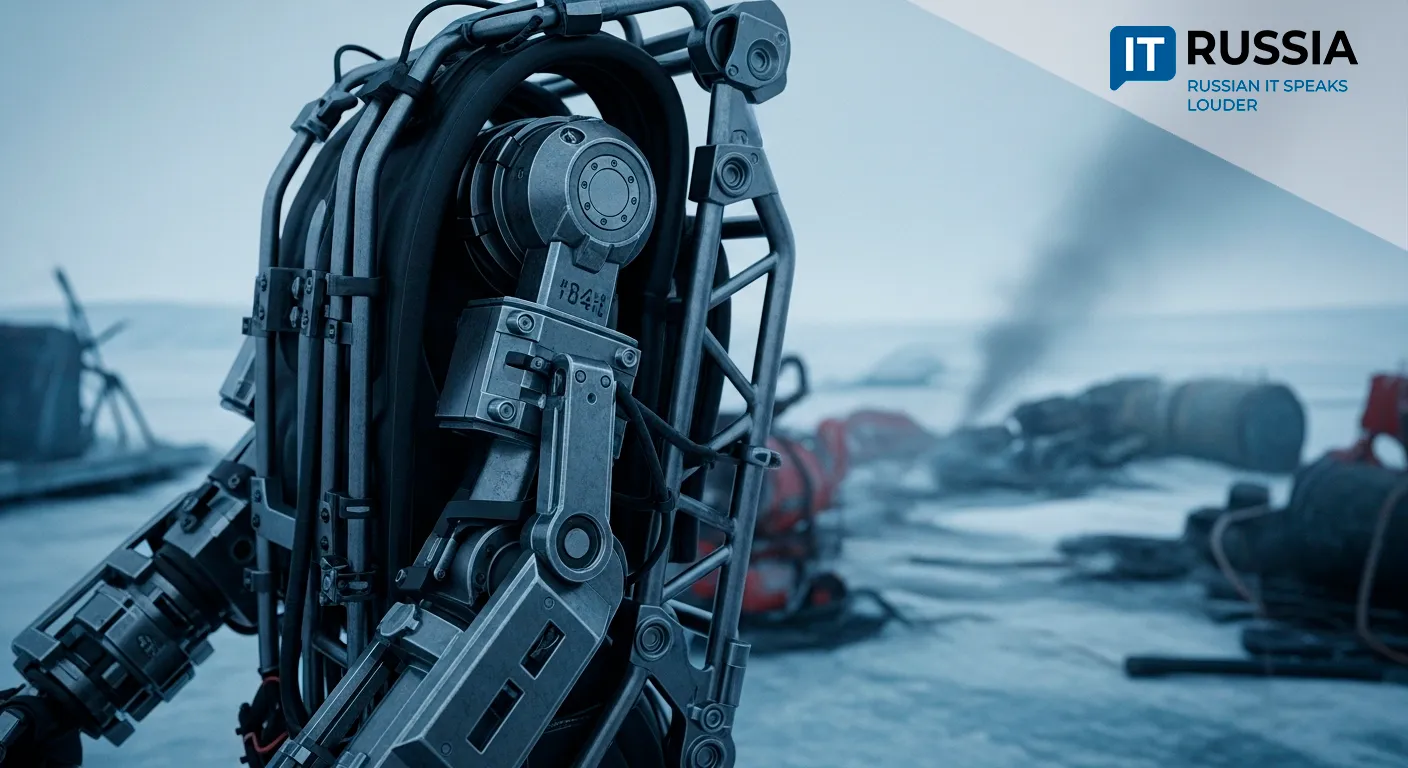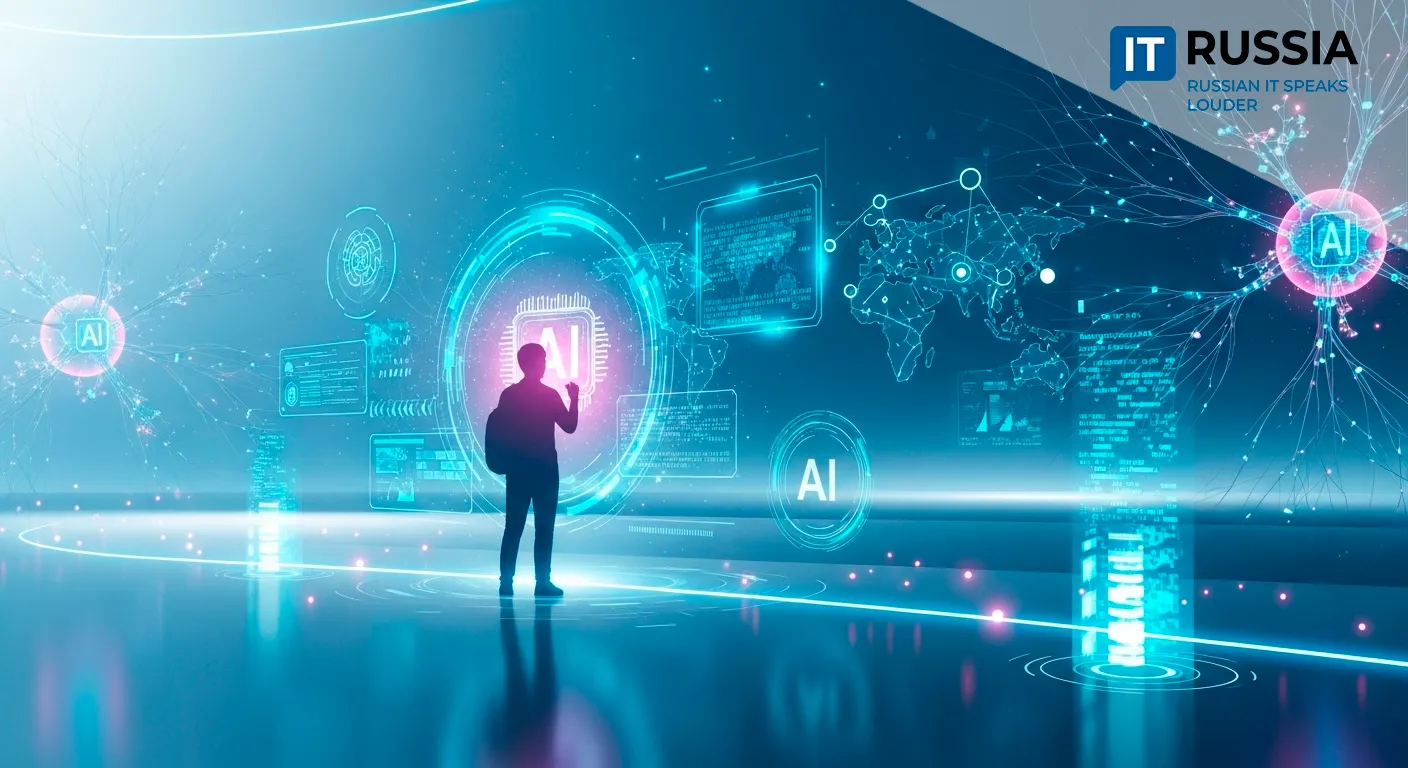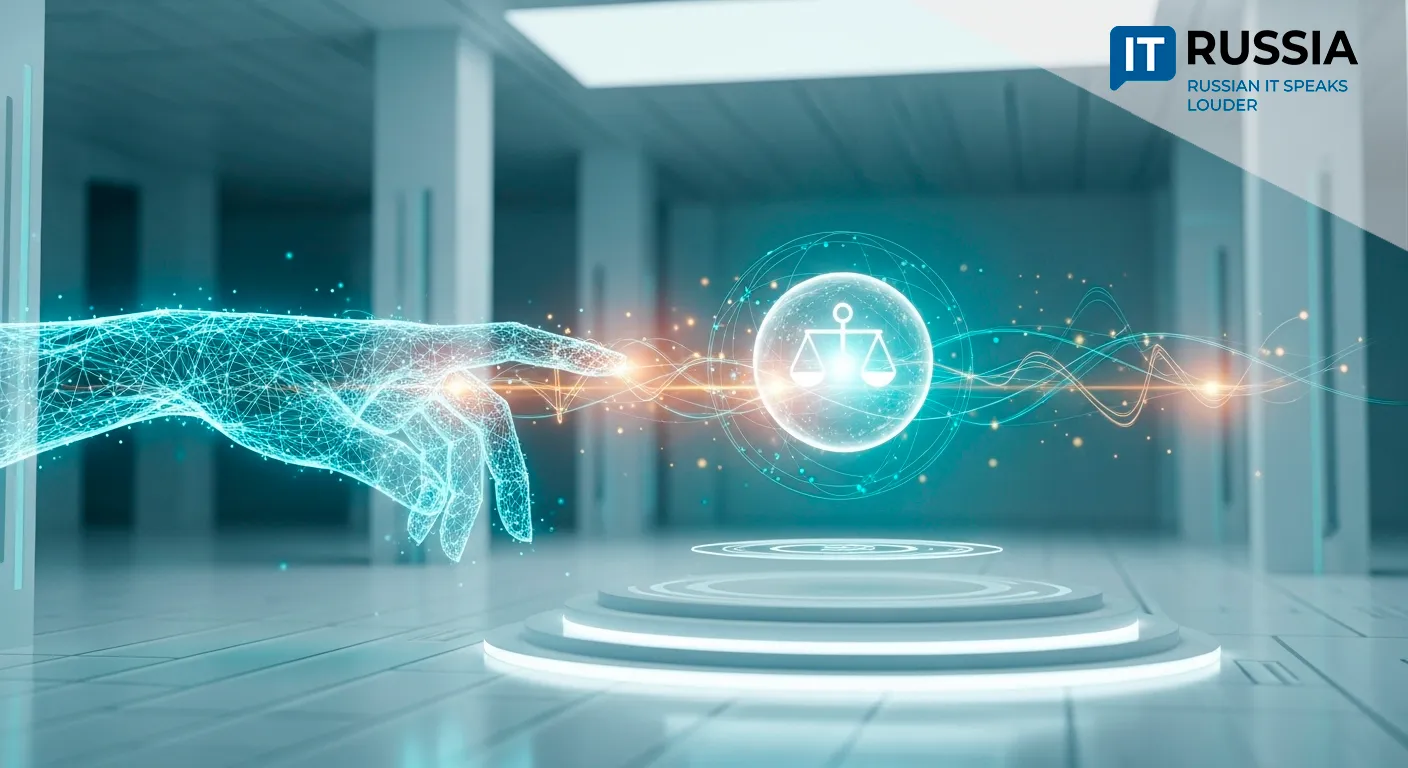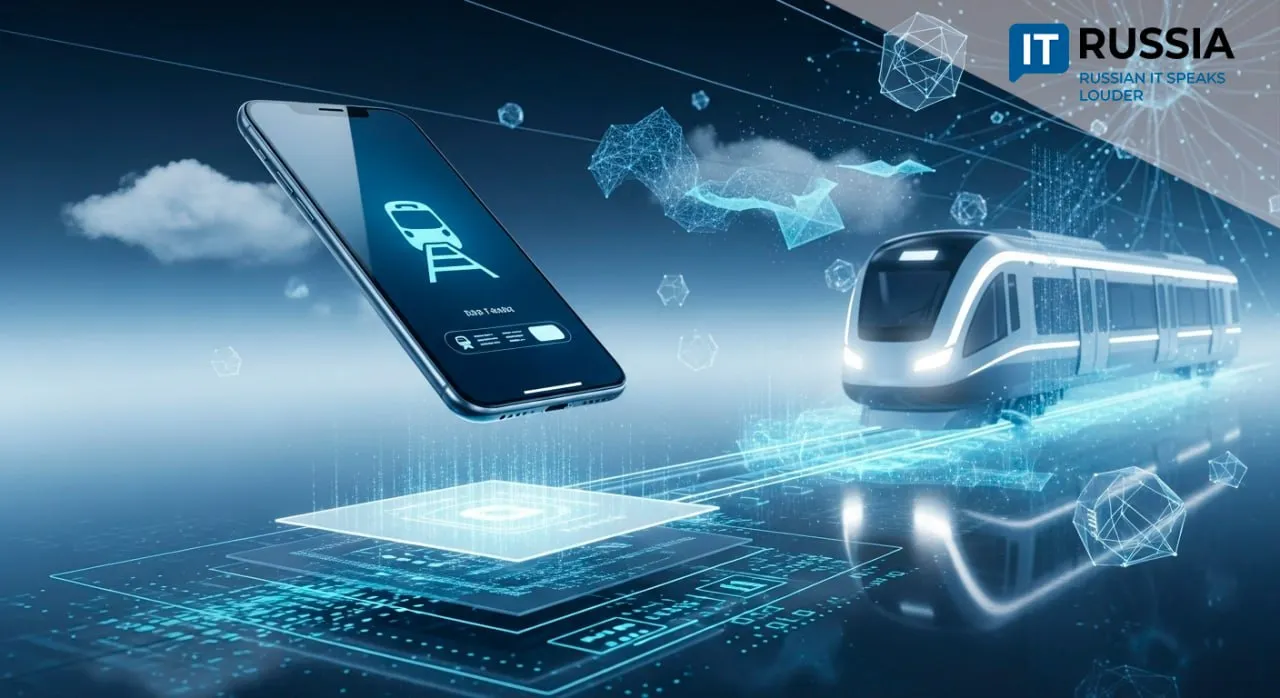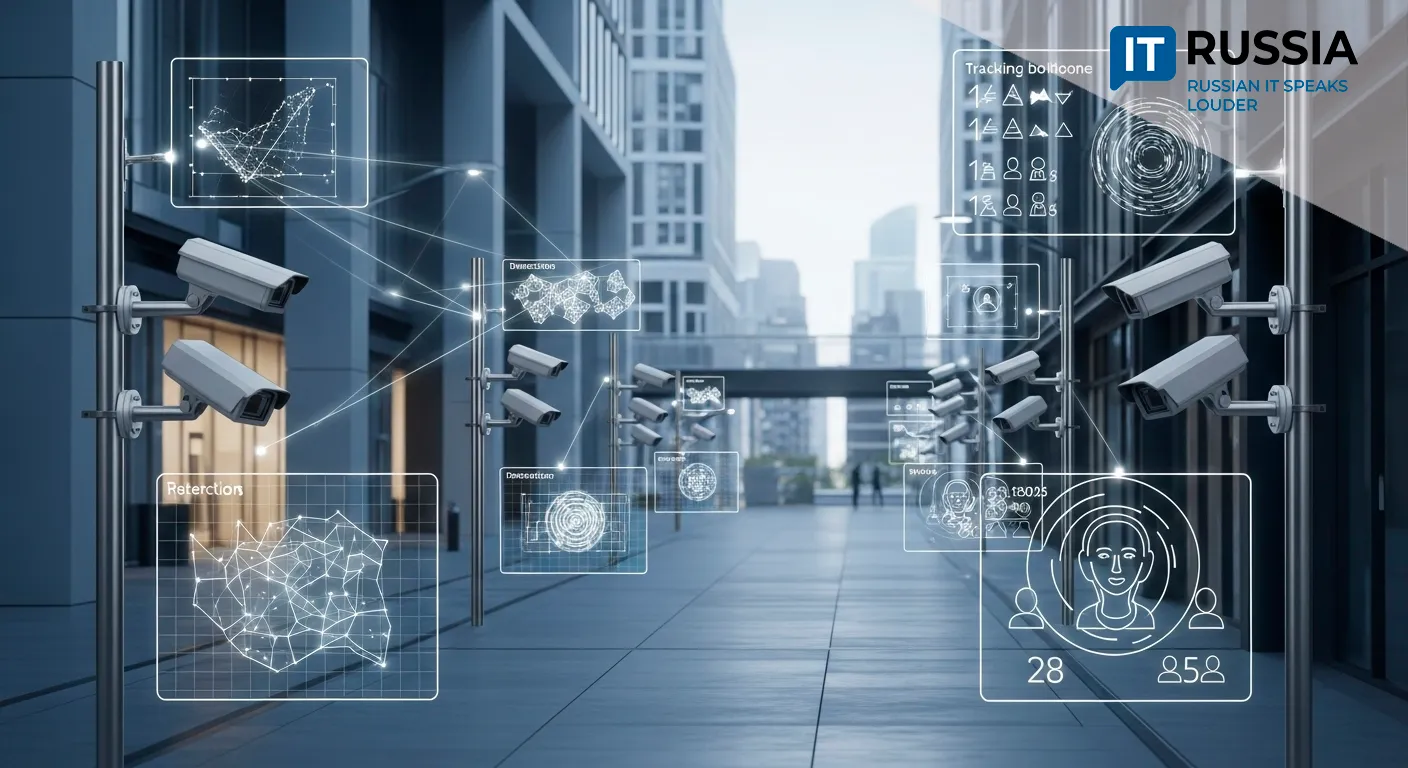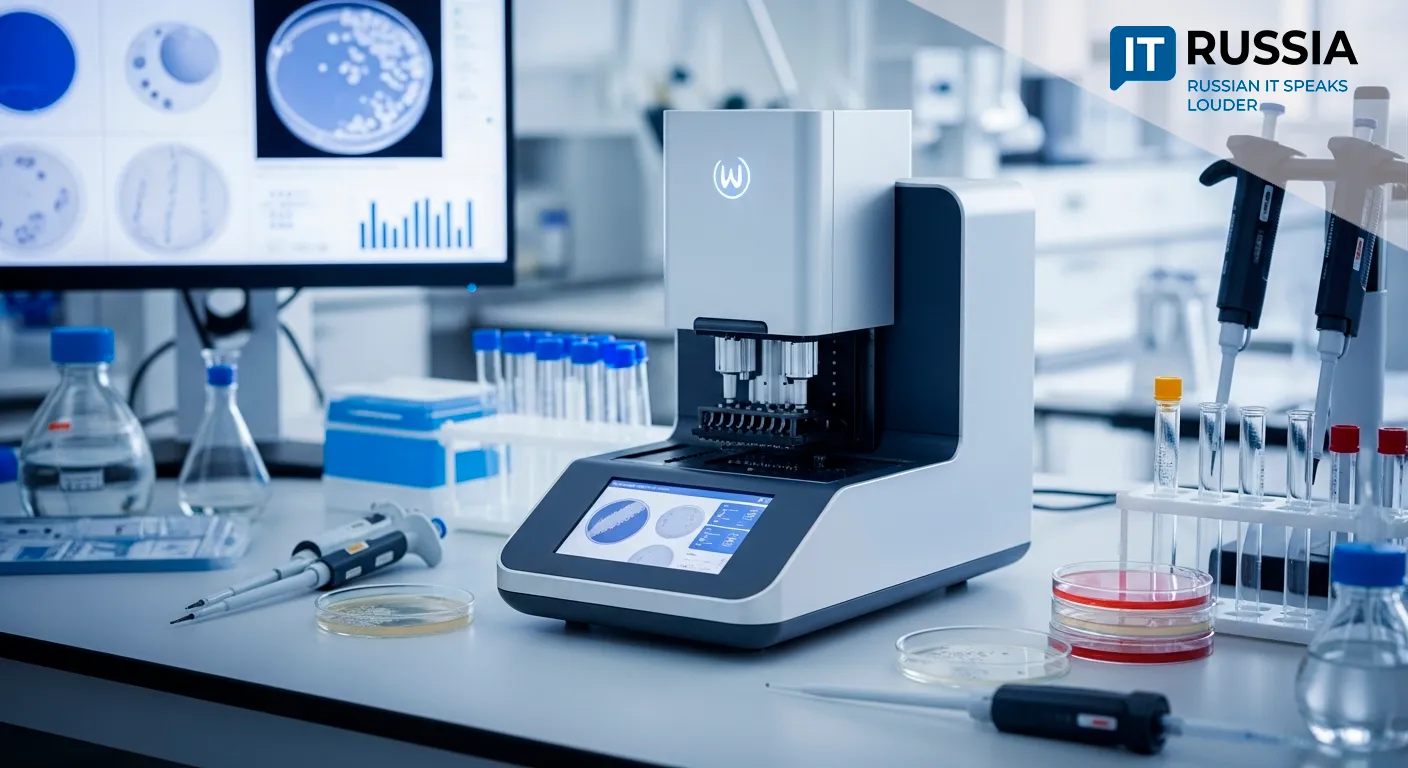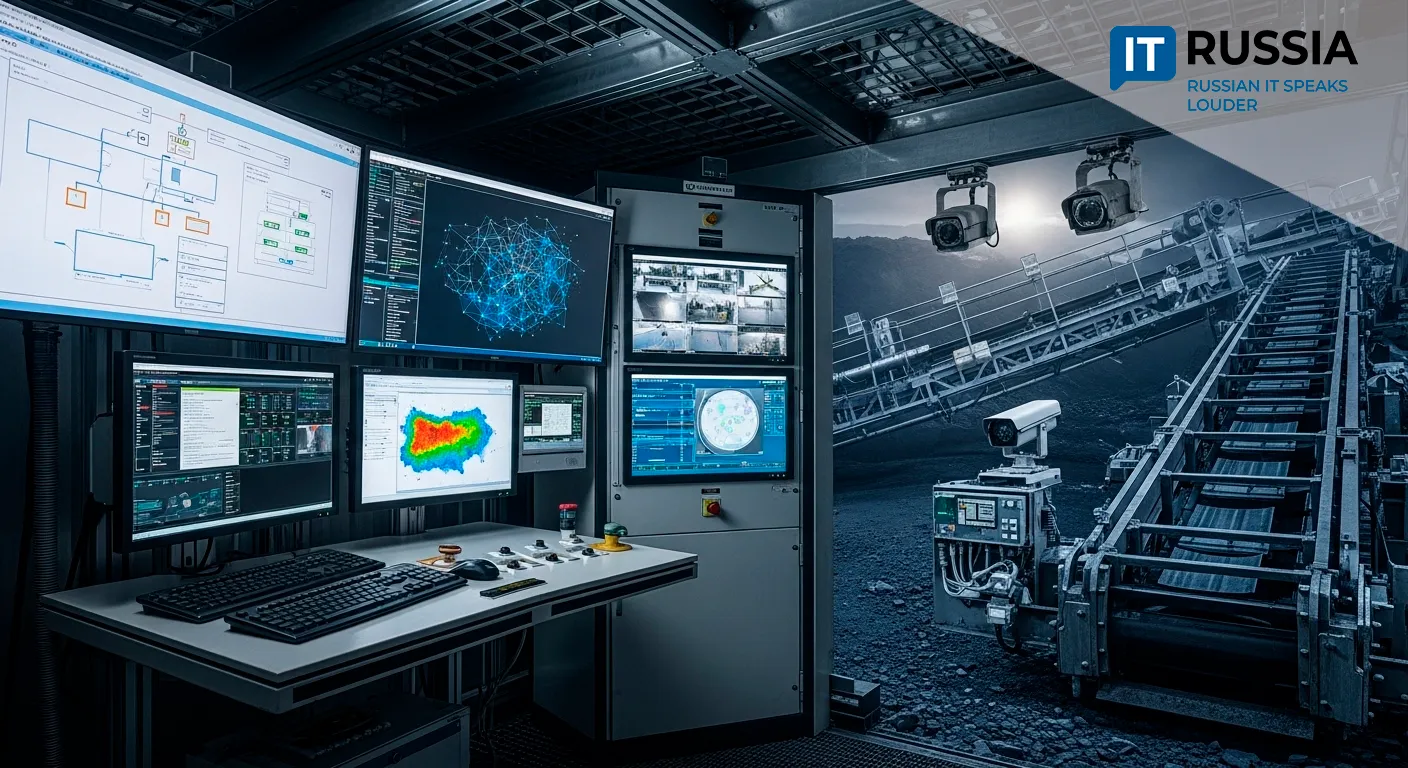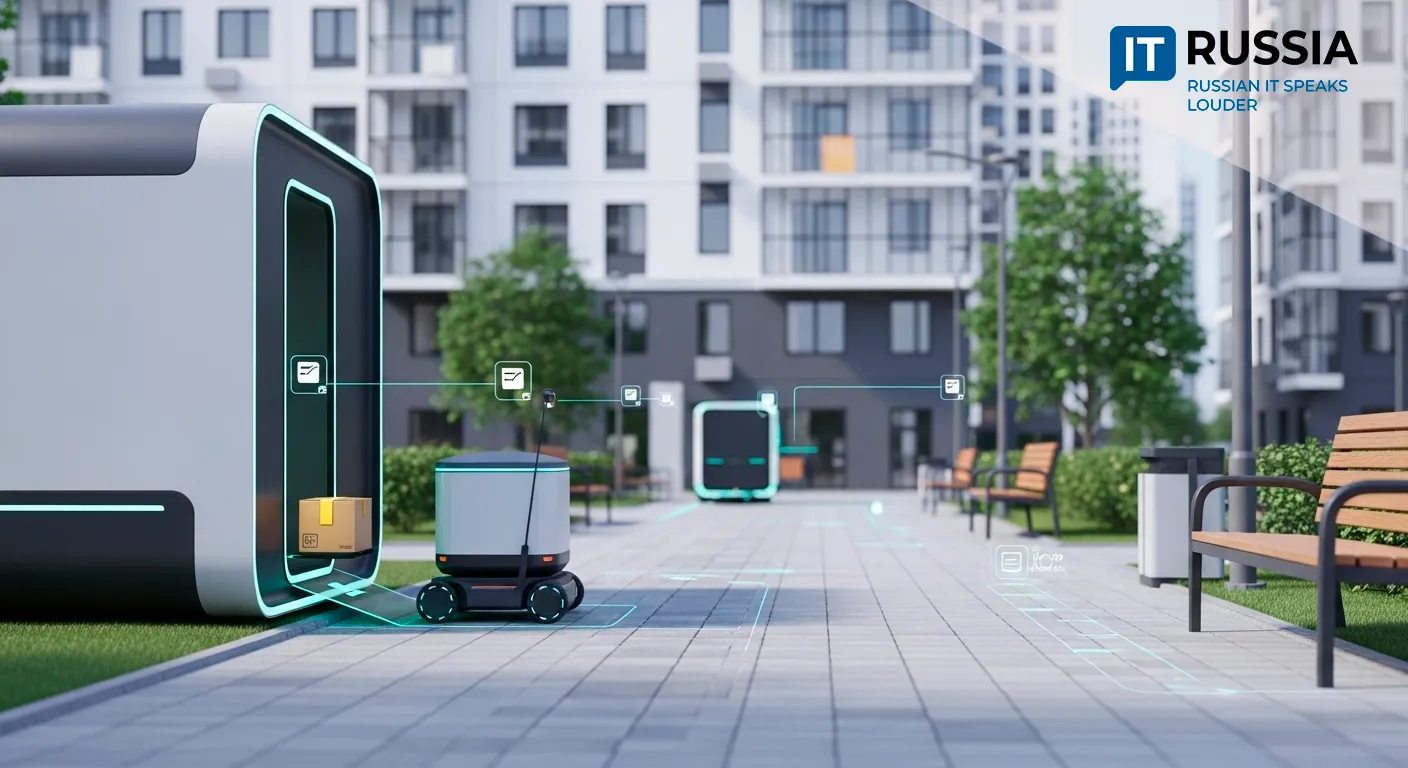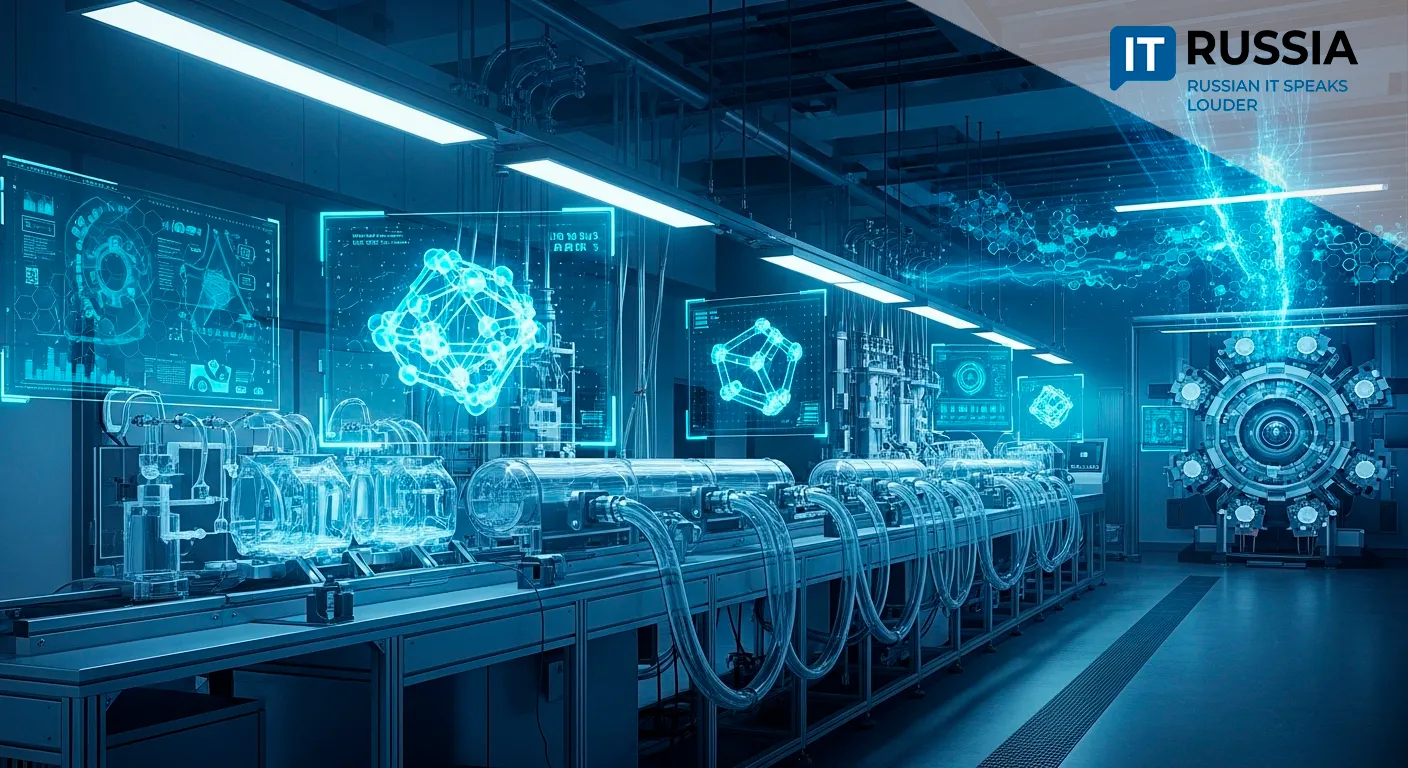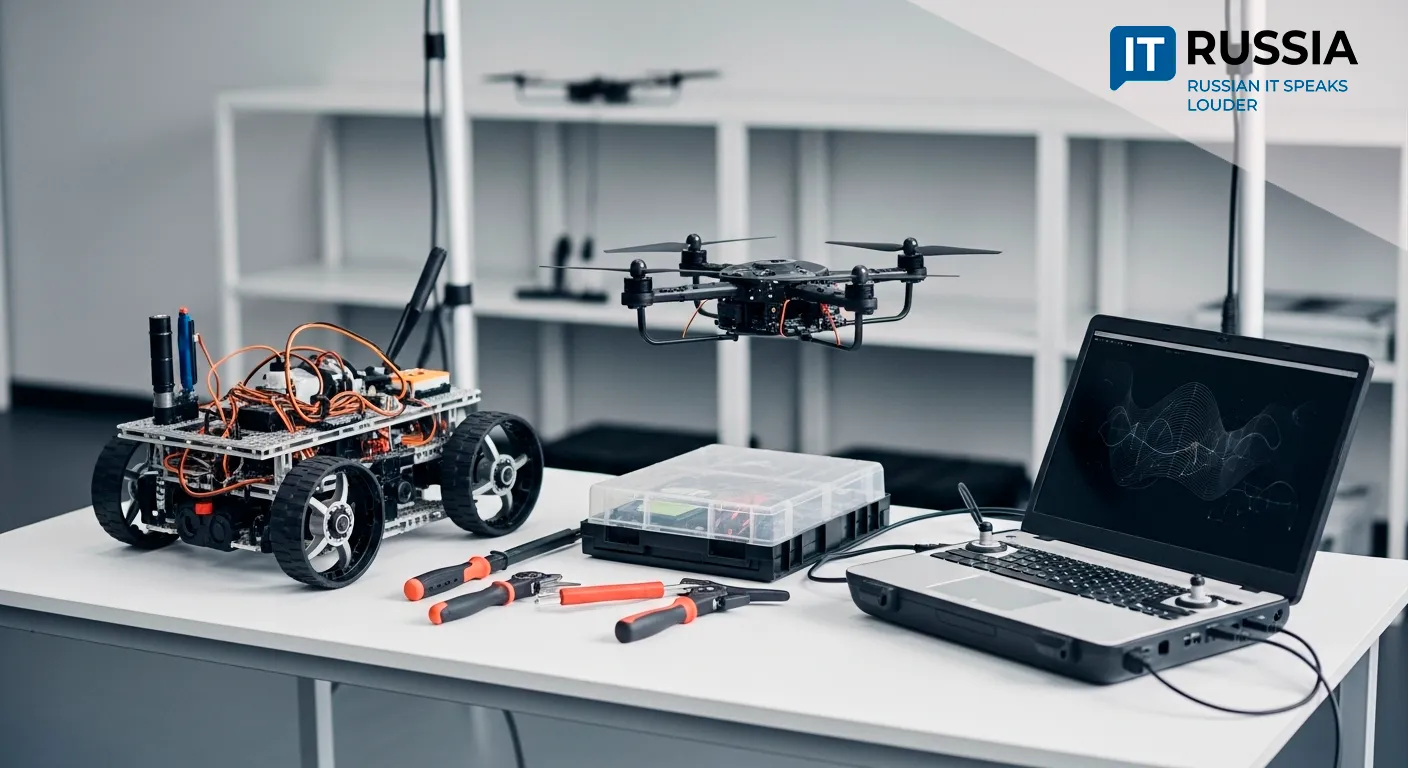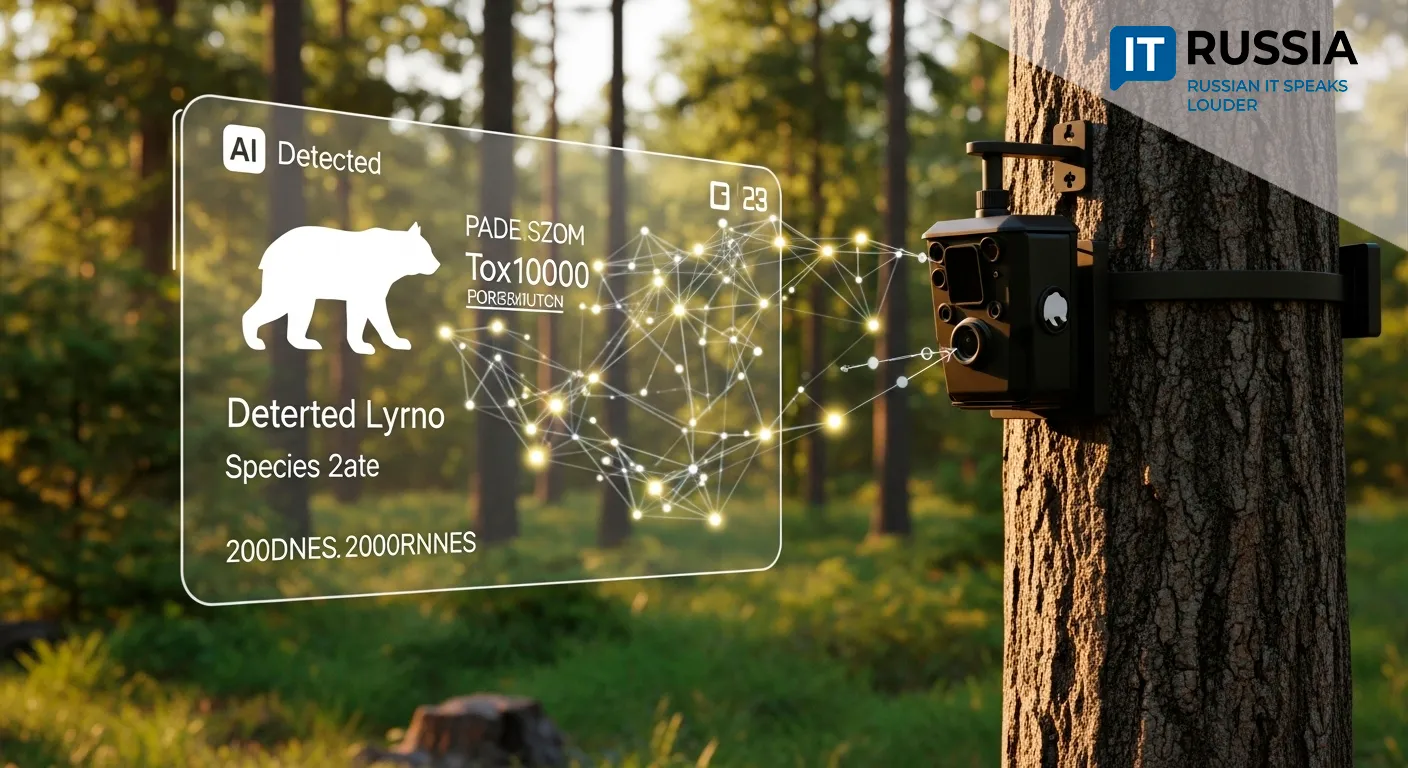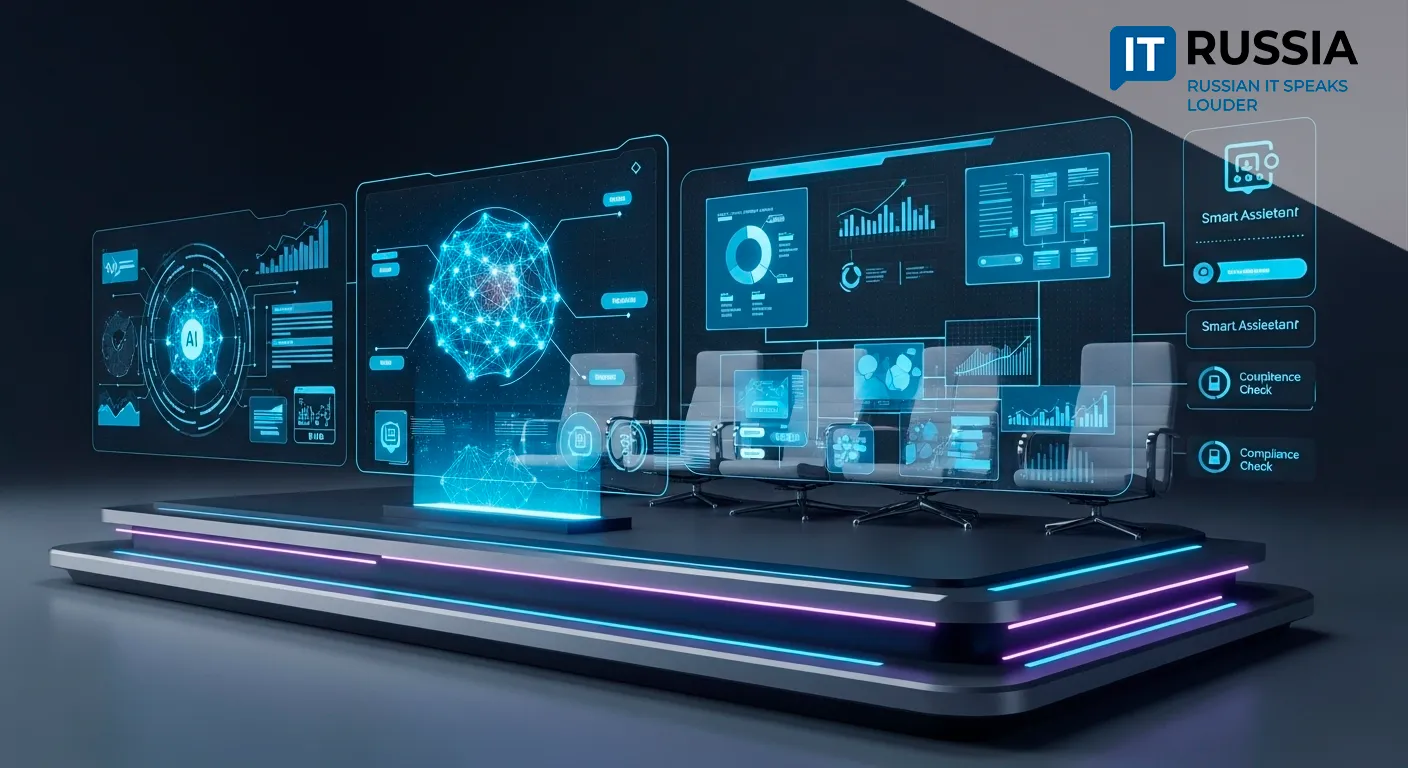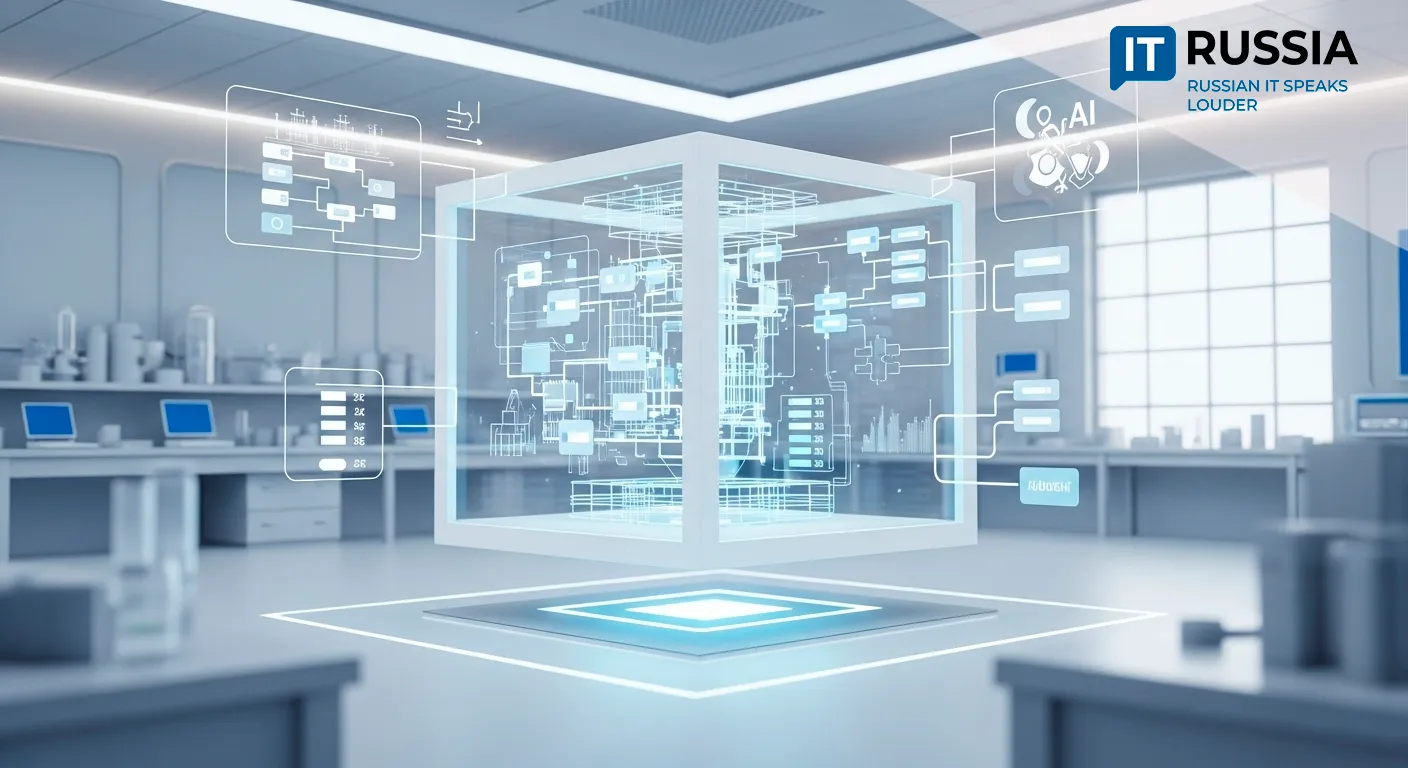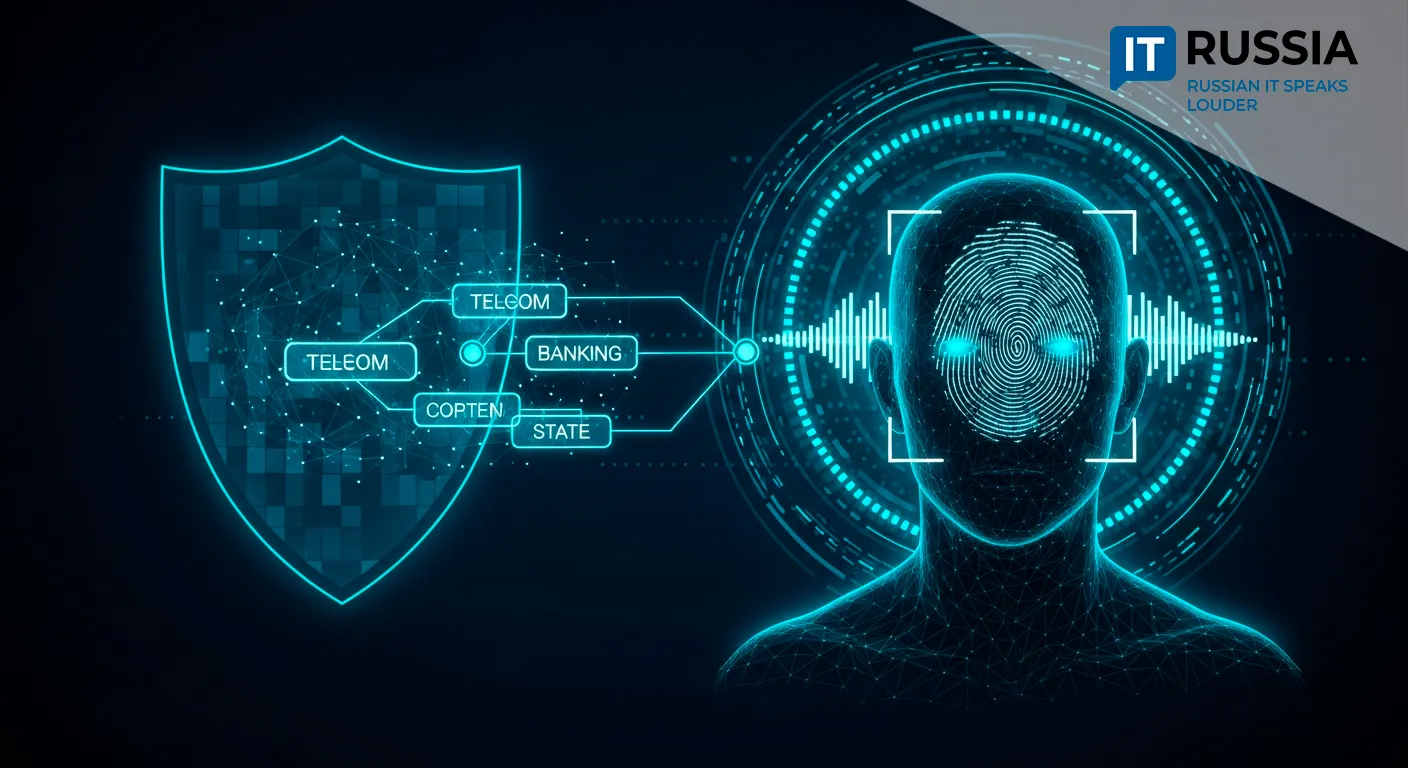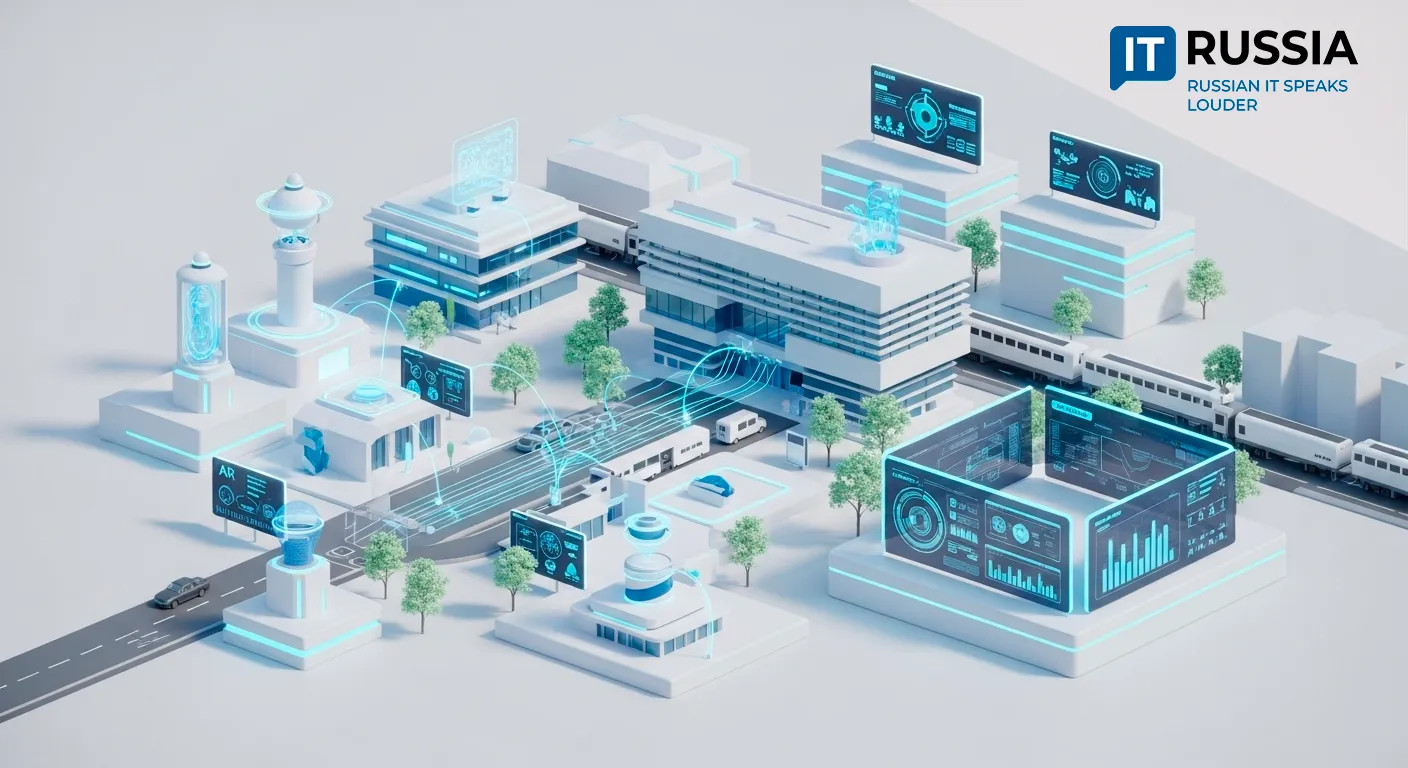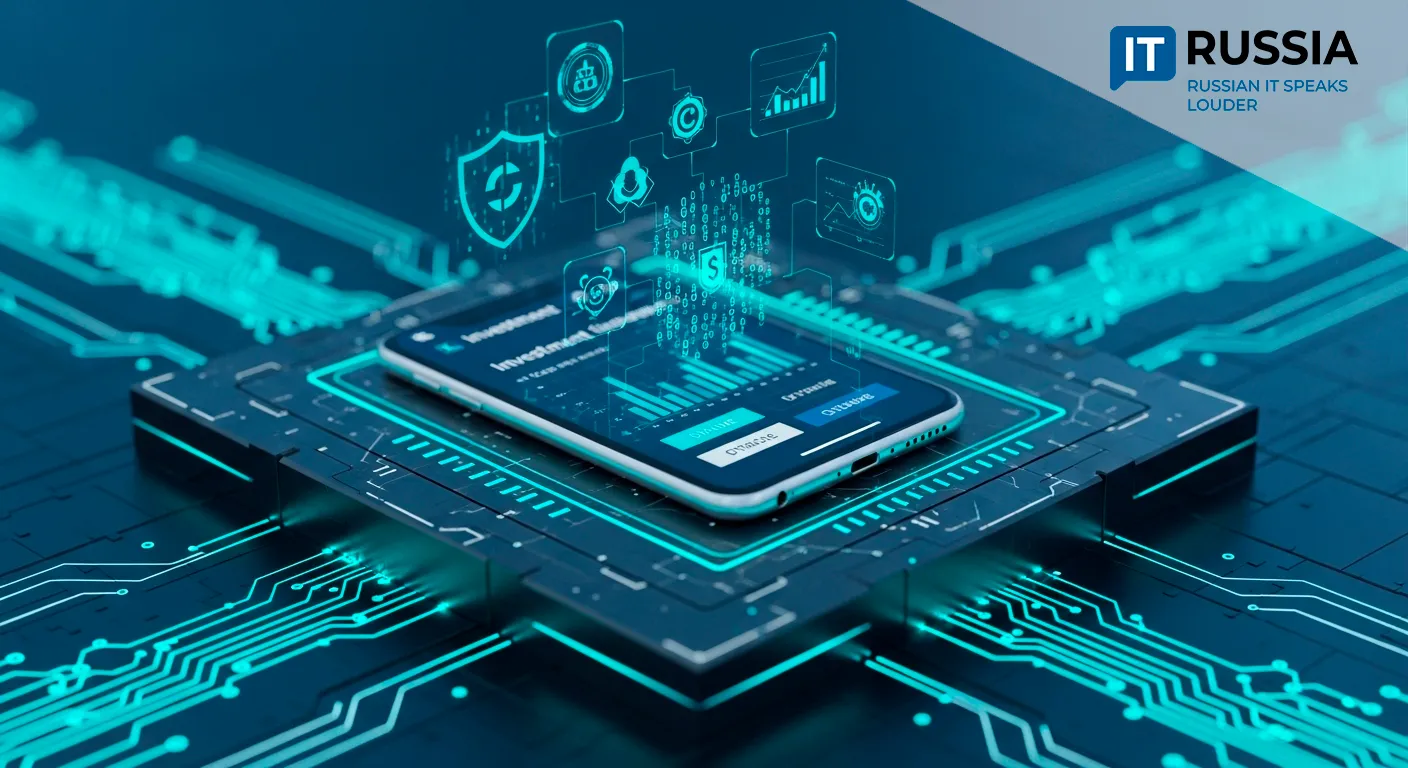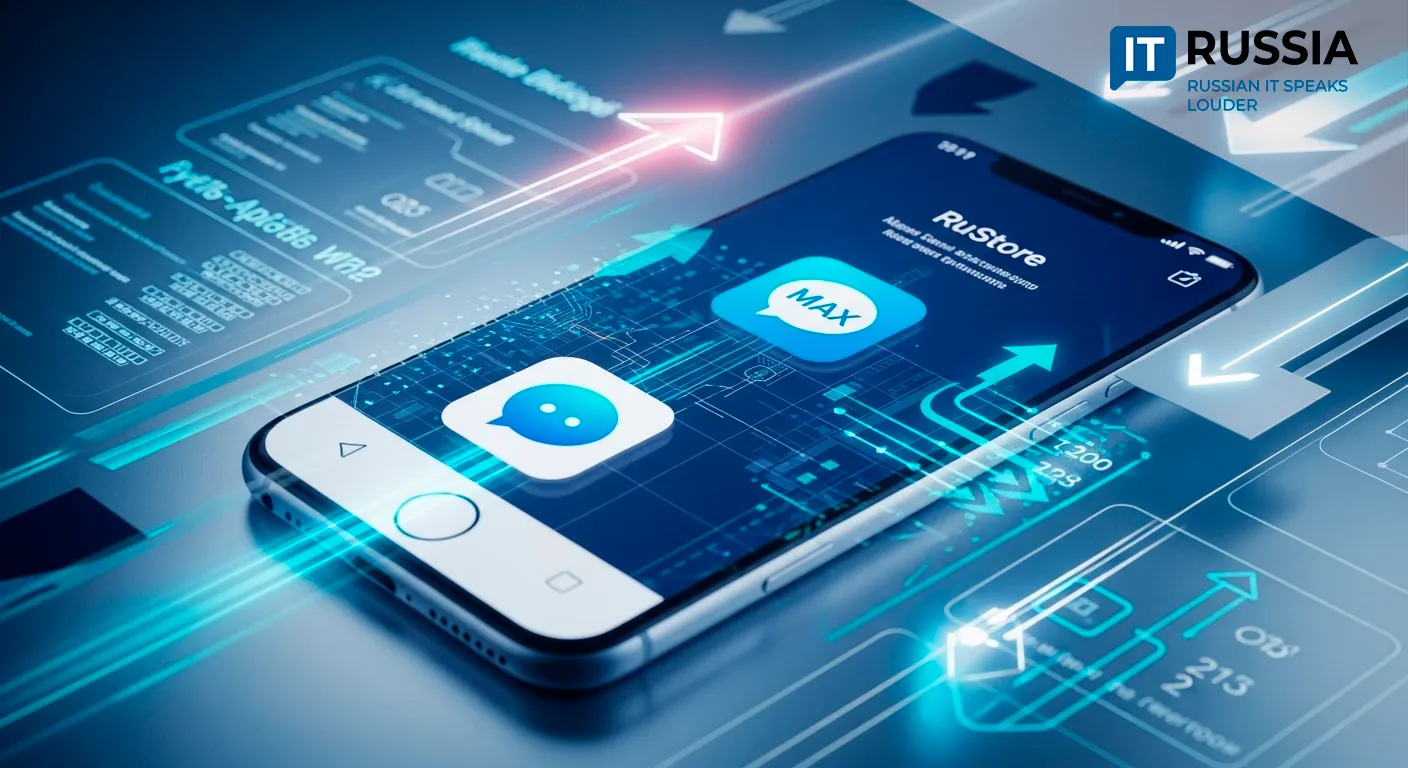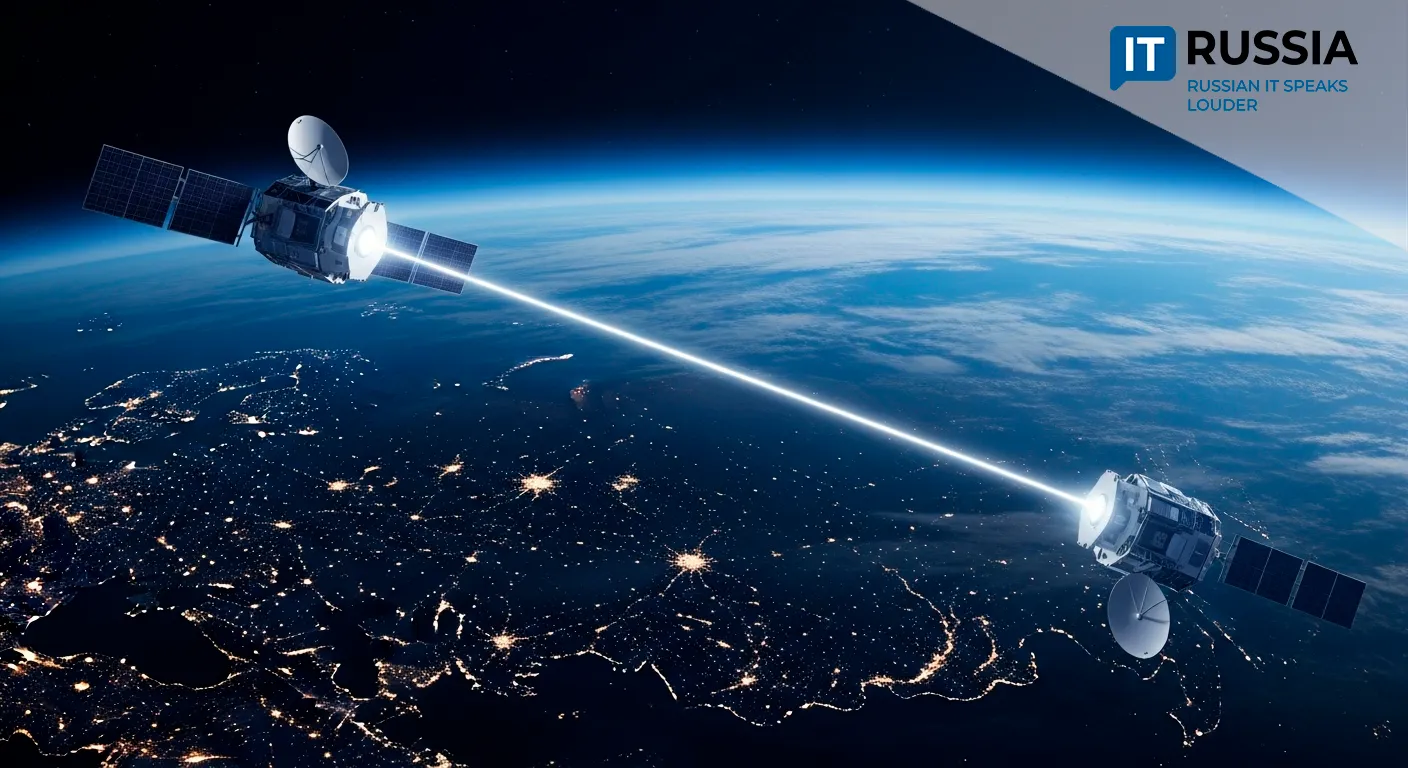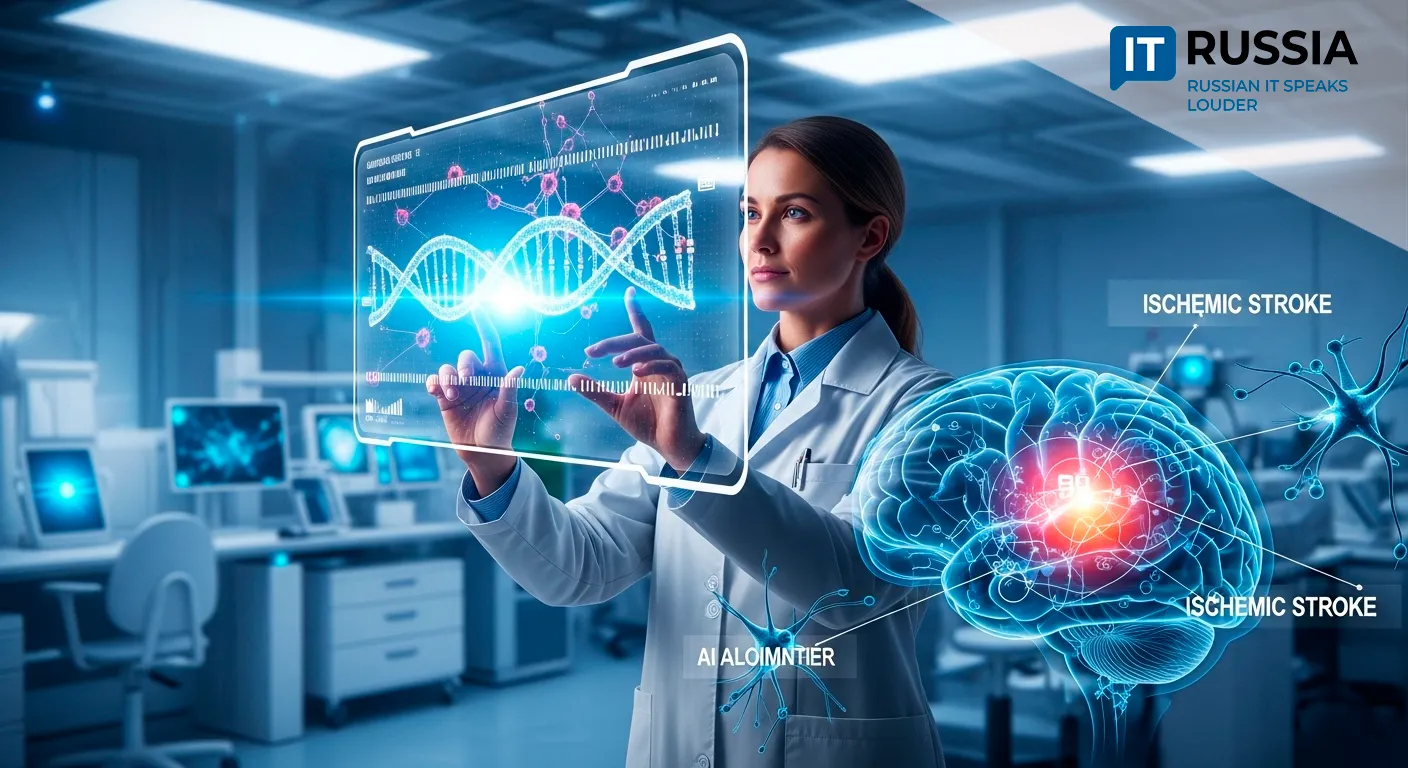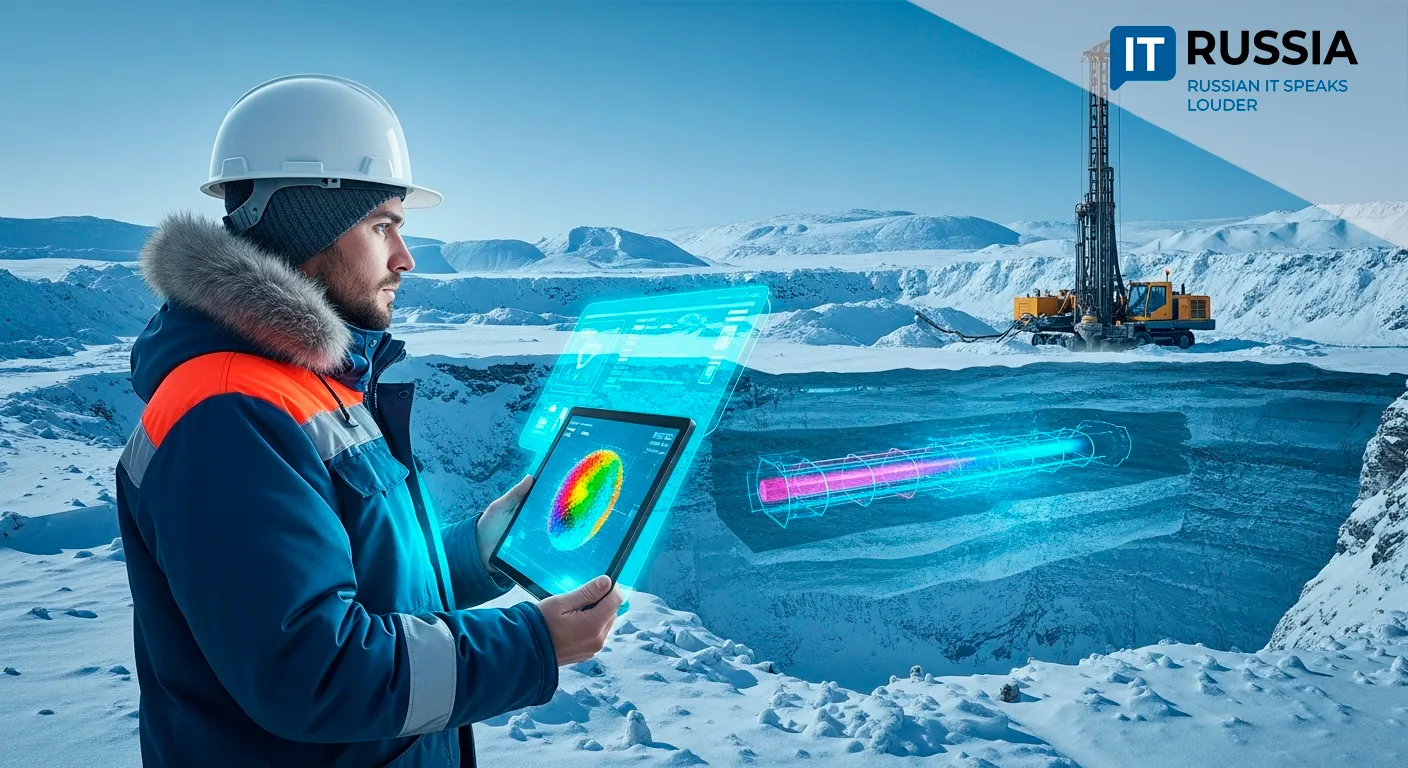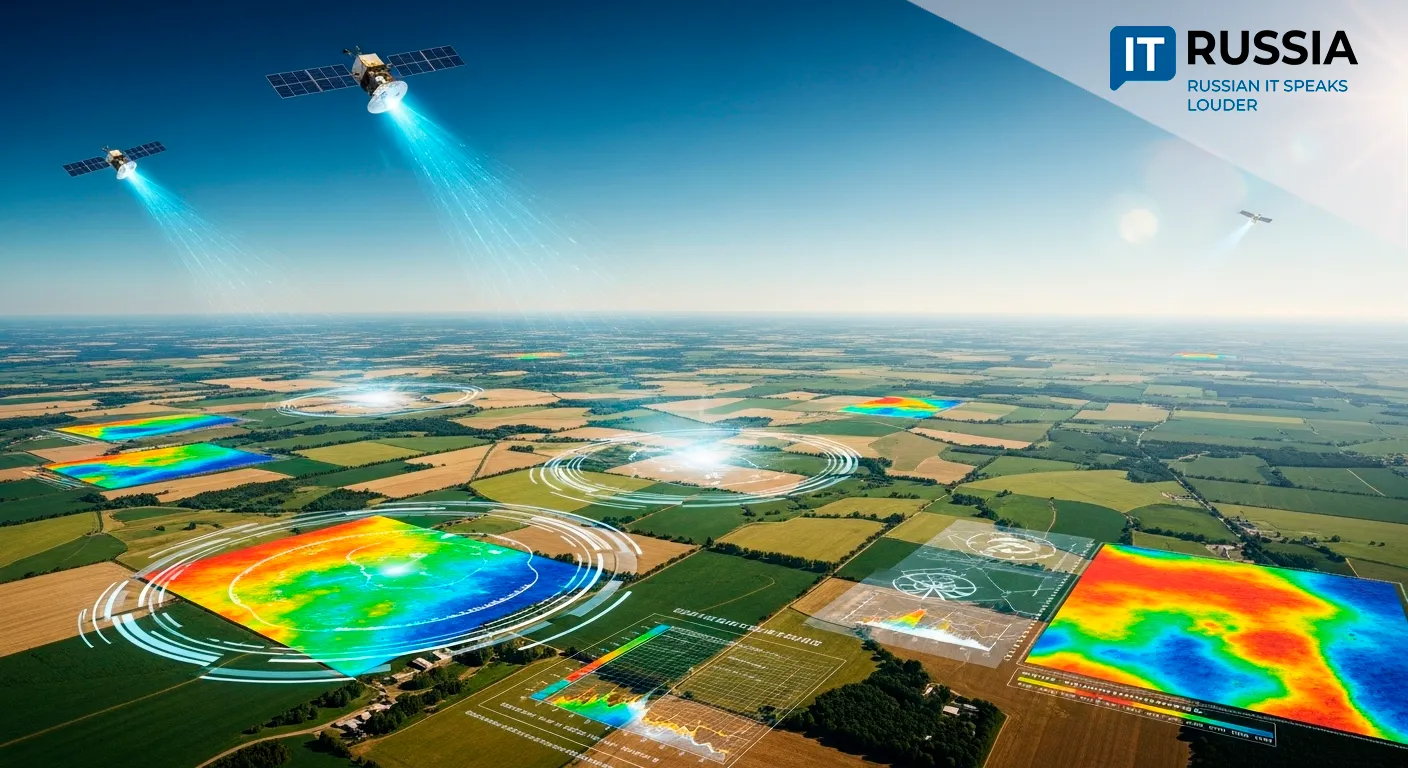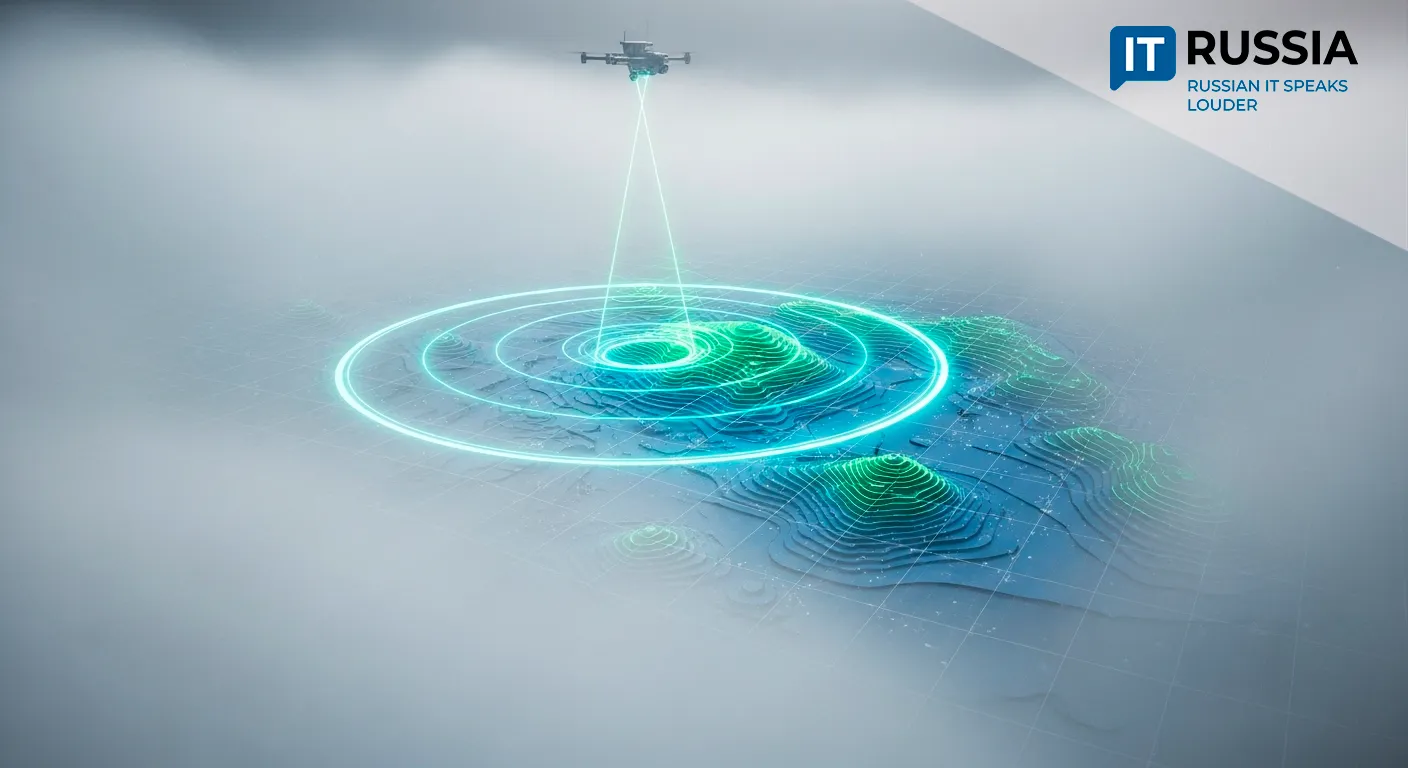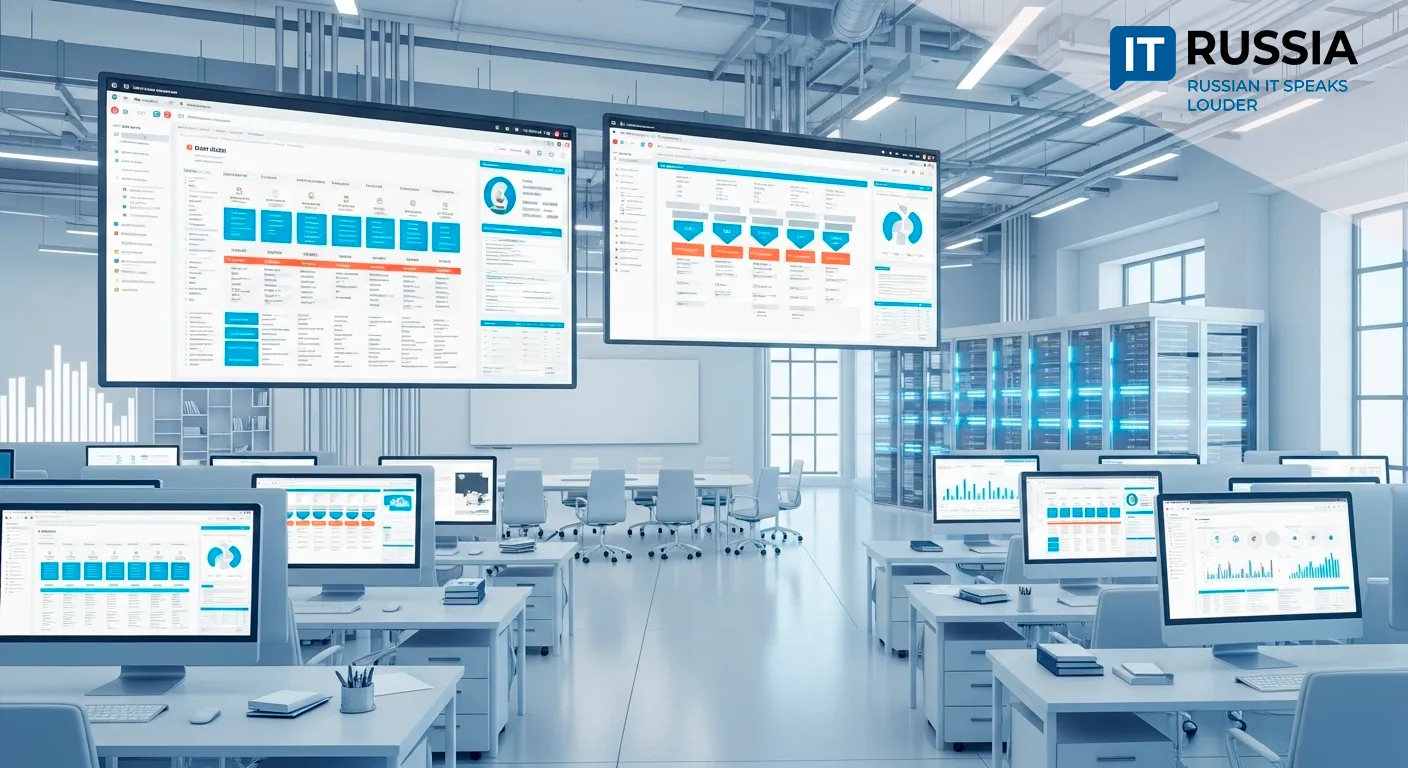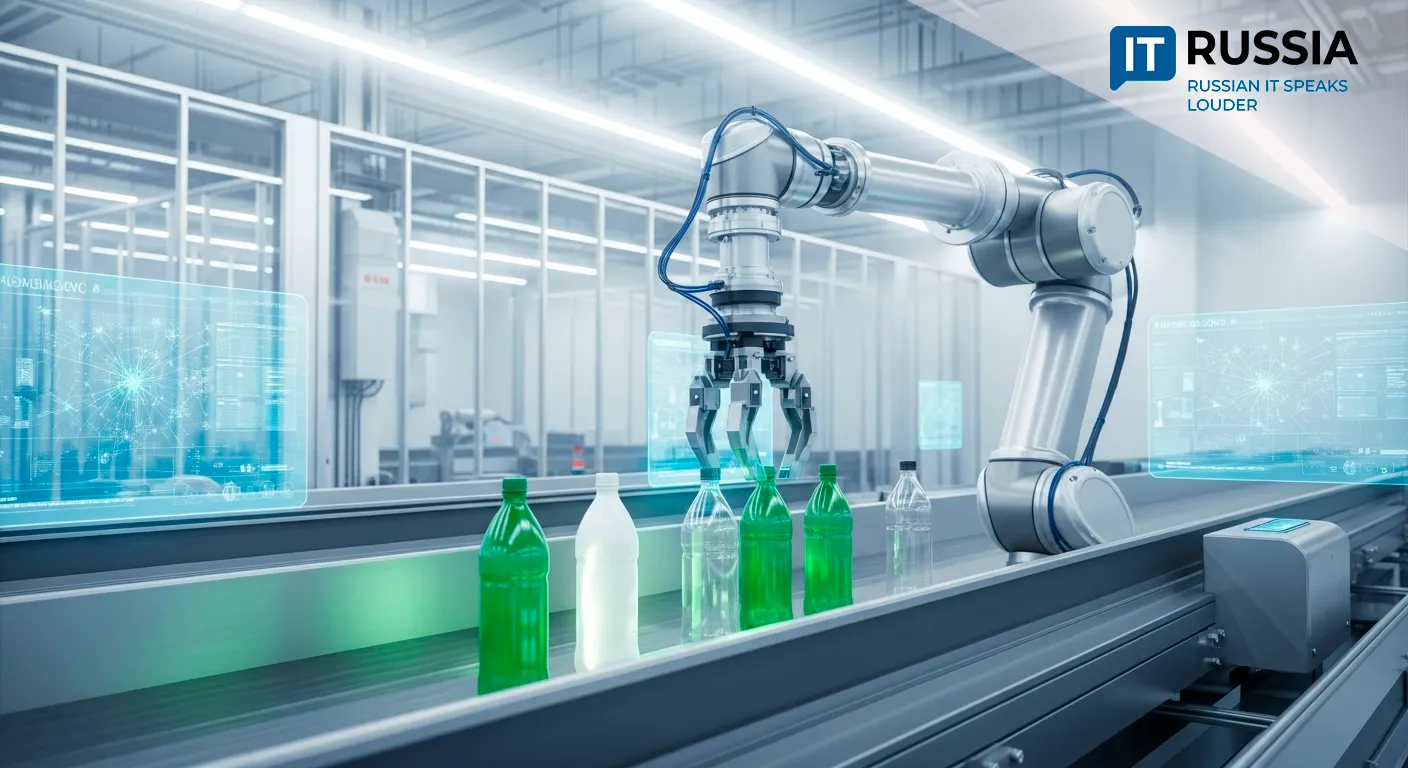Digital Subsurface: How Russia’s Mining Sector Is Embracing 3D Models and AI
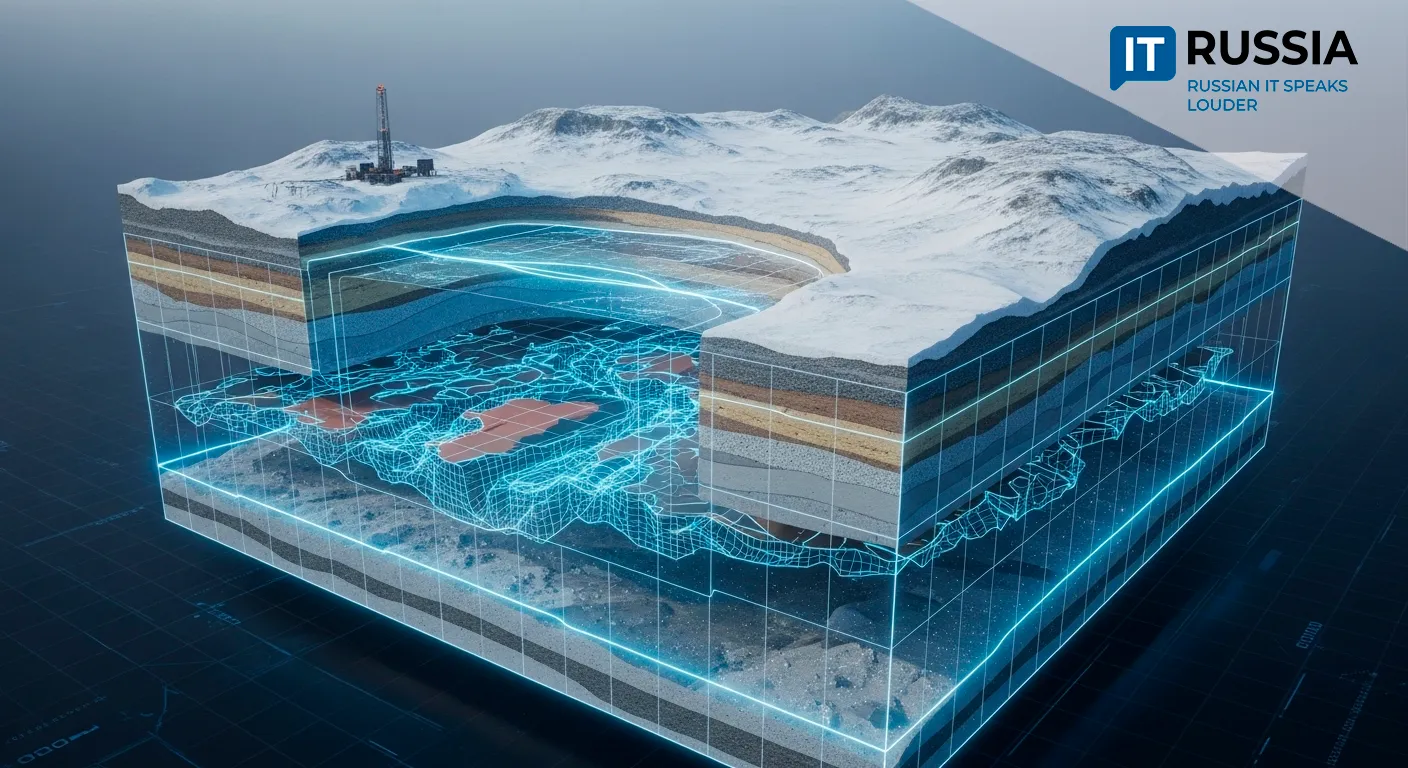
Russia, home to vast natural resources, is entering a new era of resource extraction driven by high-performance computing, sophisticated algorithms, and geological digital twins. Technology is guiding the industry toward smarter, safer, and more cost-effective mining practices.
Applied Case Study
One compelling example comes from Novosibirsk scientists who recently created a detailed 3D digital model of the Sugmut oil field in the Yamal-Nenets Autonomous District. Built from real-world data, including 3D seismic surveys — essentially ultrasound for the Earth — and operational well data, the model provided a live map of the subsurface.
For the first time in Russia, such a sophisticated digital model wasn’t just used after the fact but actively informed real-time drilling adjustments. It’s the difference between static paper maps and a GPS system with live traffic updates.
The result? Of 195 initially planned wells, 75 were canceled — a reduction of more than 30%. The savings in drilling, materials, logistics, and time were significant.
The model helped avoid geologically risky or low-potential zones, minimizing financial exposure and reducing environmental impact.
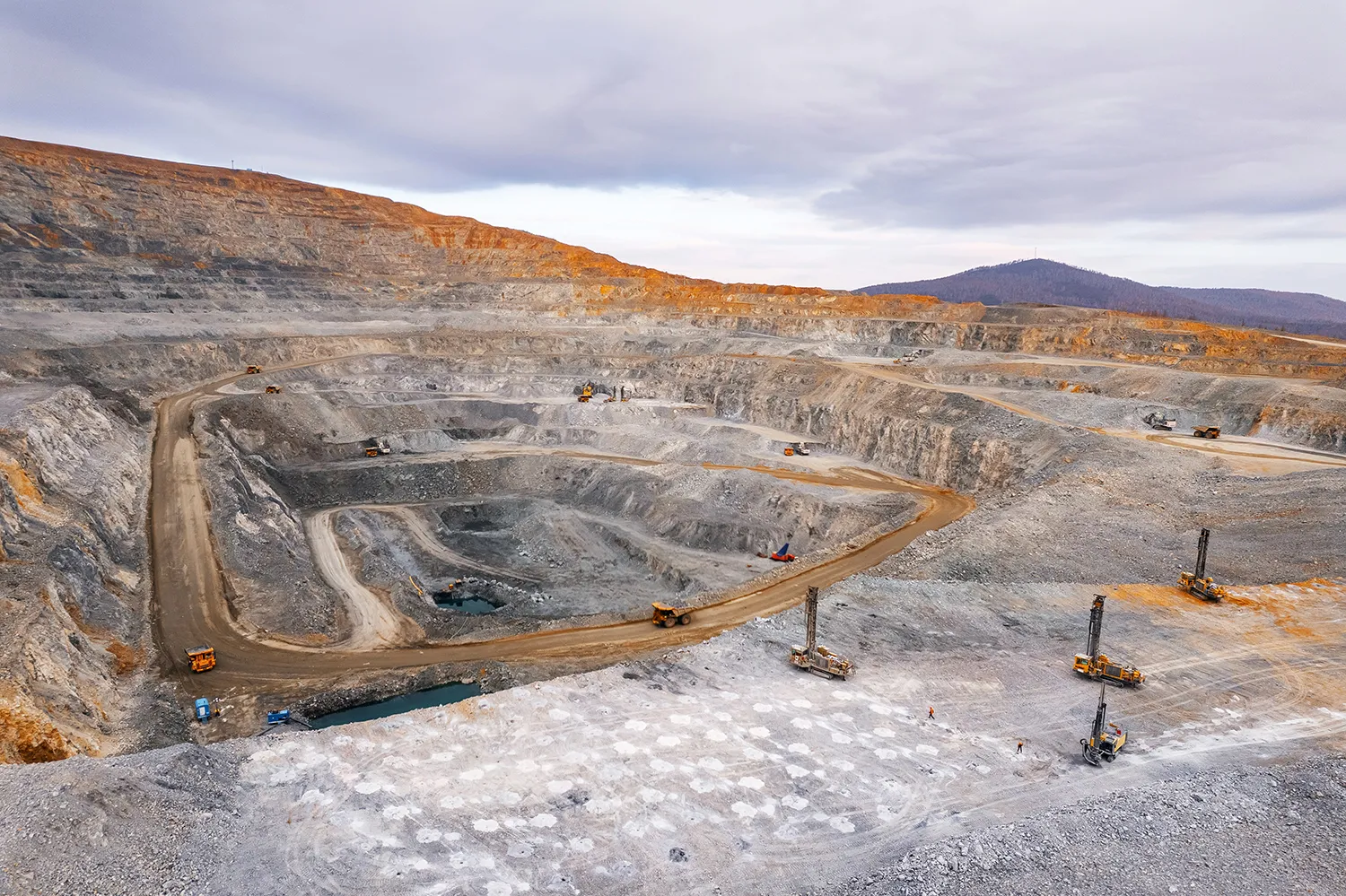
Smarter. Deeper. More Efficient.
This initiative highlights the effective integration of advanced IT solutions like geospatial modeling and big data analytics with on-the-ground field operations. It sets a benchmark for accelerating digital transformation across Russia’s energy and mining sectors.
For resource-rich but remote regions such as the Arctic, this technology means lower costs and reduced development risk — key enablers for economically viable exploration. Moreover, it enhances Russia’s competitiveness. While 3D modeling isn’t exclusive to Russia, its real-time application and cost-saving outcomes carry strategic weight.
The project raises the profile of Russian research centers and software firms in the global geoinformatics industry.
Looking Ahead: Market Expansion and Technical Versatility
Russian digital geology solutions, particularly those designed for Arctic or offshore environments like the Caspian Sea, show strong export potential. Adapting these tools for countries with similar geological conditions is a logical next step. Participation in global projects by Russian software vendors and research institutes signals a strategic move toward sustained international presence.
The Sugmut project is just the beginning. This approach can optimize oil, gas, and coal extraction across Russia and be extended to groundwater exploration and protection. The benefits to regional economies include budget savings, faster timelines, and reduced environmental impact.

Built on a Foundation of Innovation
These advances build on a solid base of innovation developed over the past five years. In 2021, Rosgeo launched a digital platform for integrated subsurface data analysis. Since then, a unified digital ecosystem has taken shape.
Three years ago, Western Siberian pilot sites tested VR/AR systems for geological exploration. In 2023, artificial intelligence was deployed to process satellite data through platforms like Kosmos-1, accelerating anomaly detection across massive territories.
Autonomous ground-penetrating radar drones from companies like Geoscan were field-tested last year, improving both safety and effectiveness.
Crucially, these technologies aren’t isolated efforts. They form a coordinated, sequential roadmap for digital transformation and skills development across the sector.
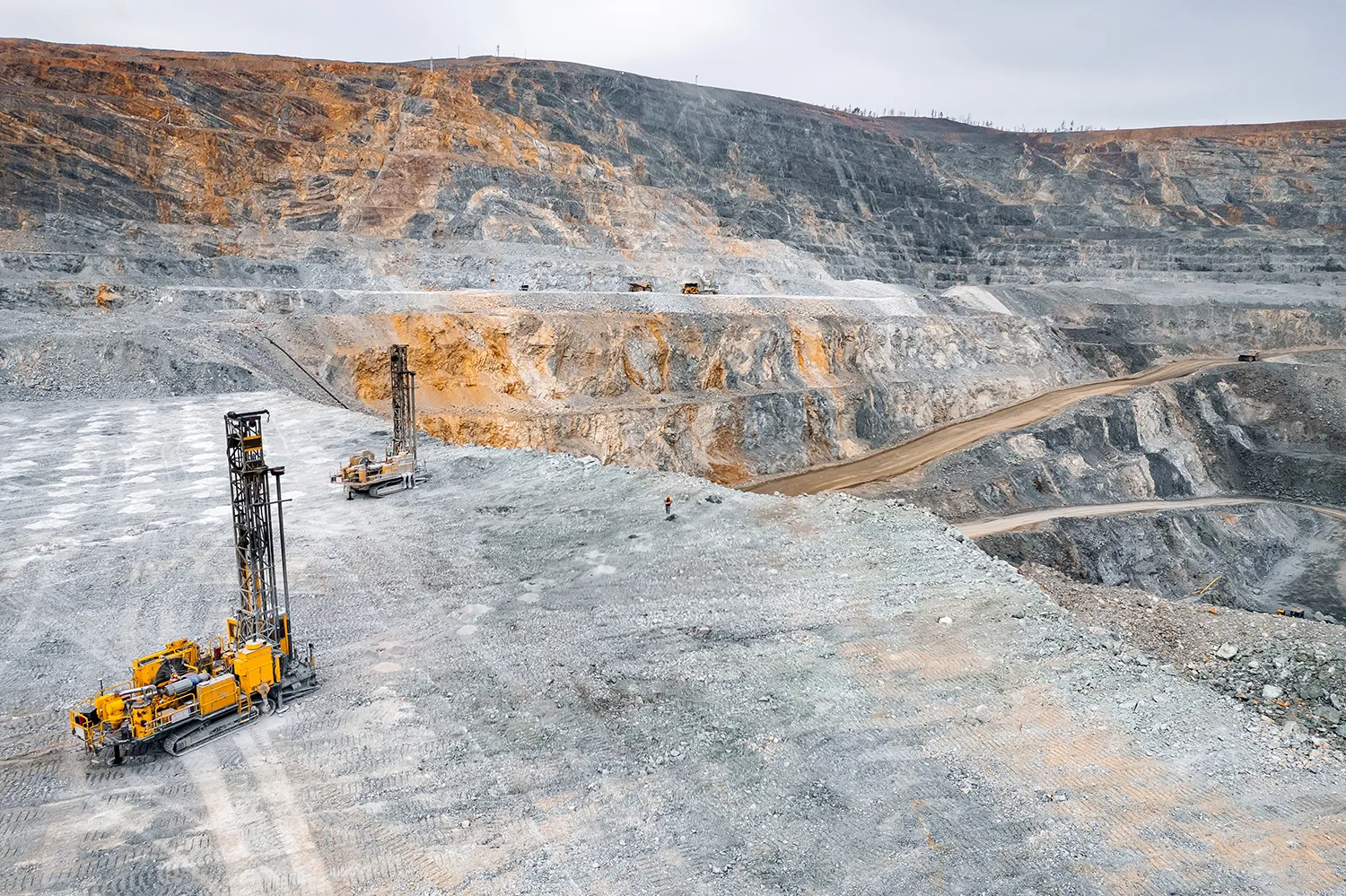
Digital Validation for Digital Deployment
The Sugmut case proves the economic logic of digital tools. Cutting nearly 40% of planned wells saved billions of rubles, preserved natural landscapes, and shortened the path to full production.
This example could prompt the development of national standards for creating and validating digital field models — making geospatial modeling the new baseline for assessing the feasibility of resource extraction.
Russian IT firms are stepping up from service roles to strategic partners, offering a total rethink of traditional mining. In this paradigm, digital twins of deposits are essential tools for informed, responsible, and optimized resource development.




